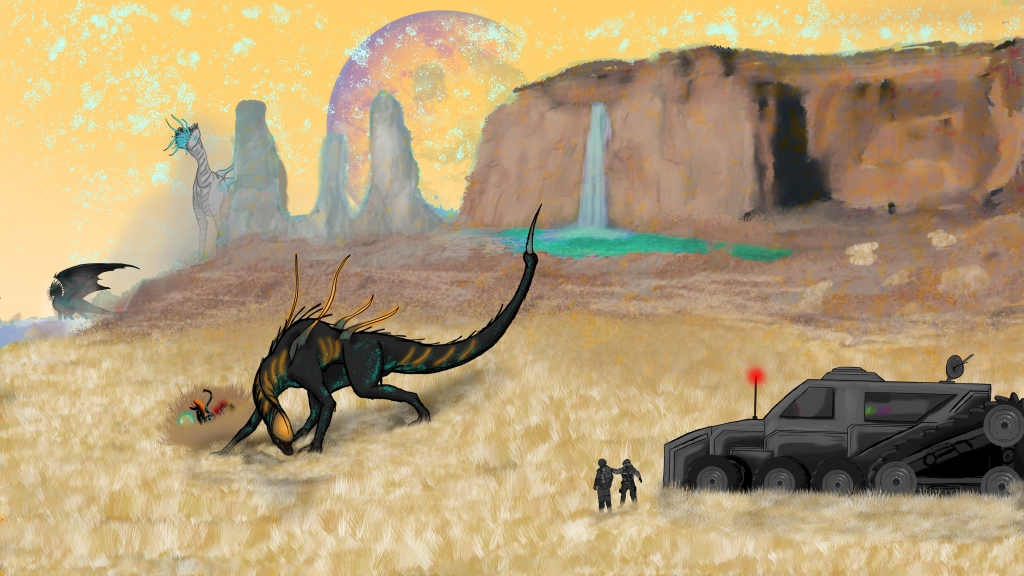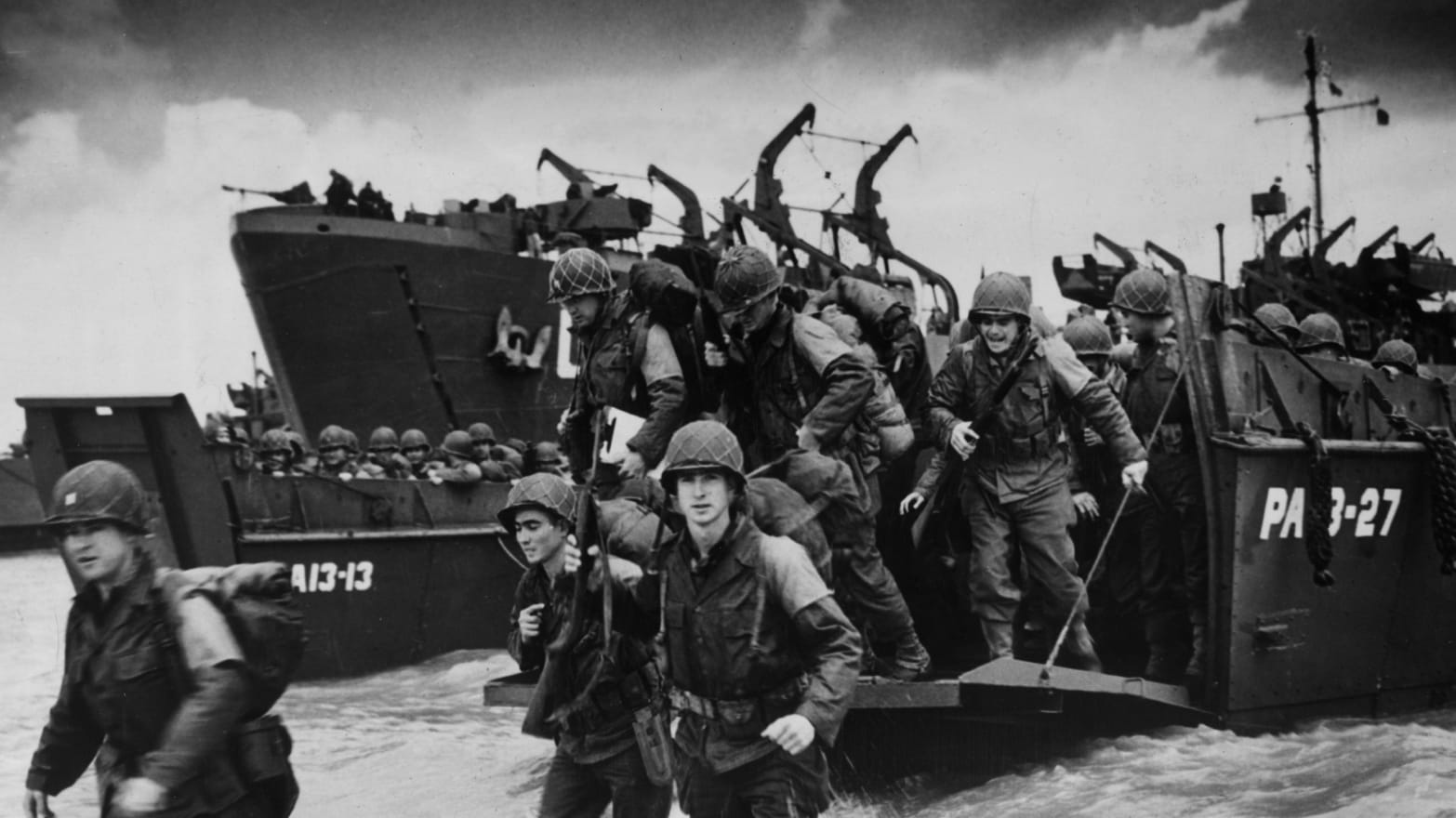FUTURE
Ideas generation task-Mindmap
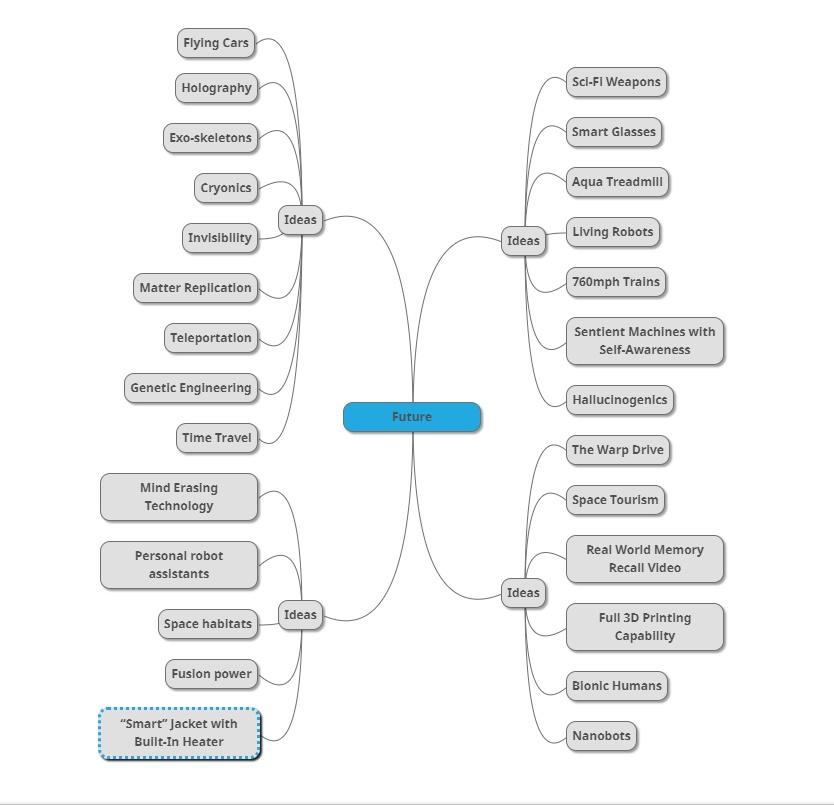
Project Proposal

Research
The theme ‘future’ could be described in many ways, future is basically things that would be coming, technological advancements, new discoveries, medical advantages, in general, advancement of society and existence.
Practitioners
What is a Practitioner? A Practitioner is a person who is actively engaged in their work that involves a lot of training, here is a list of few jobs that require a lot of training:
- Physicians & Surgeons
- Veterinarians
- Post Secondary Teachers
- Physicists & Astronomers
- Computer & Information Research Scientists
- Political Scientists
- Mathematics & Statisticians
- Medical Officers
- Emergency Services
News Articles
I have done research and went to many websites explaining about what technology could be like in the future.
https://www.sciencefocus.com/future-technology/
https://futurism.com/images/things-to-come-a-timeline-of-future-technology-infographic
https://www.pocket-lint.com/gadgets/news/142027-tech-innovations-that-will-shortly-change-the-world
https://rh.gatech.edu/features/12-emerging-technologies-may-help-power-future
https://phys.org/news/2017-10-future-news-bracing-technology.html
https://www.hongkiat.com/blog/revolutionary-products/
What is included in a News Article?
Headline – A short and snappy title which is meant to get the readers attention.
Byline – This tells who wrote the story.
Lead Paragraph – Includes answers to back questions about the event for example, who, what, when, where, why and how.
Explanation – Other facts and details about the event. Additional information.
Historical References
What is a Historical Reference? – A means of learning about something by considering where it started and how it is developed. It is used in the present tense and used to narrate past events, usually employed in English for special effect or informal use.
- William the Conqueror. – 1066.
Arguably the most famous date in English history, most people can link the year of 1066 with the Battle of Hastings. Whether or not King Harold really was killed by an arrow in the eye, England was transformed by the events on the battlefield in East Sussex that day. William’s victory at Hastings earned him the nickname ‘the Conqueror’ – he was crowned by Christmas and Norman influence swept across the country.
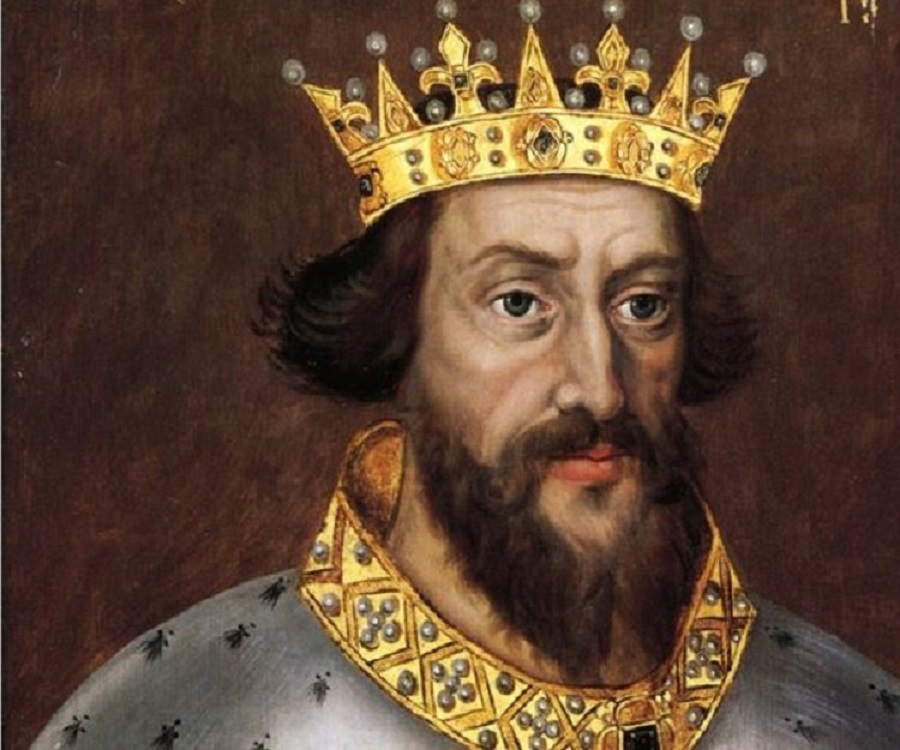

2. The sealing of Magna Carta – 1215.
The fame of Magna Carta, or ‘Great Charter’, lies not in its impact, which was actually relatively small, but its legacy. Forced on King John by his barons in an attempt to limit his power, the initial charter was swiftly annulled. Reissued by his son after his death, its idea lived on and today it is seen as an example of the principles of law, human rights and justice.
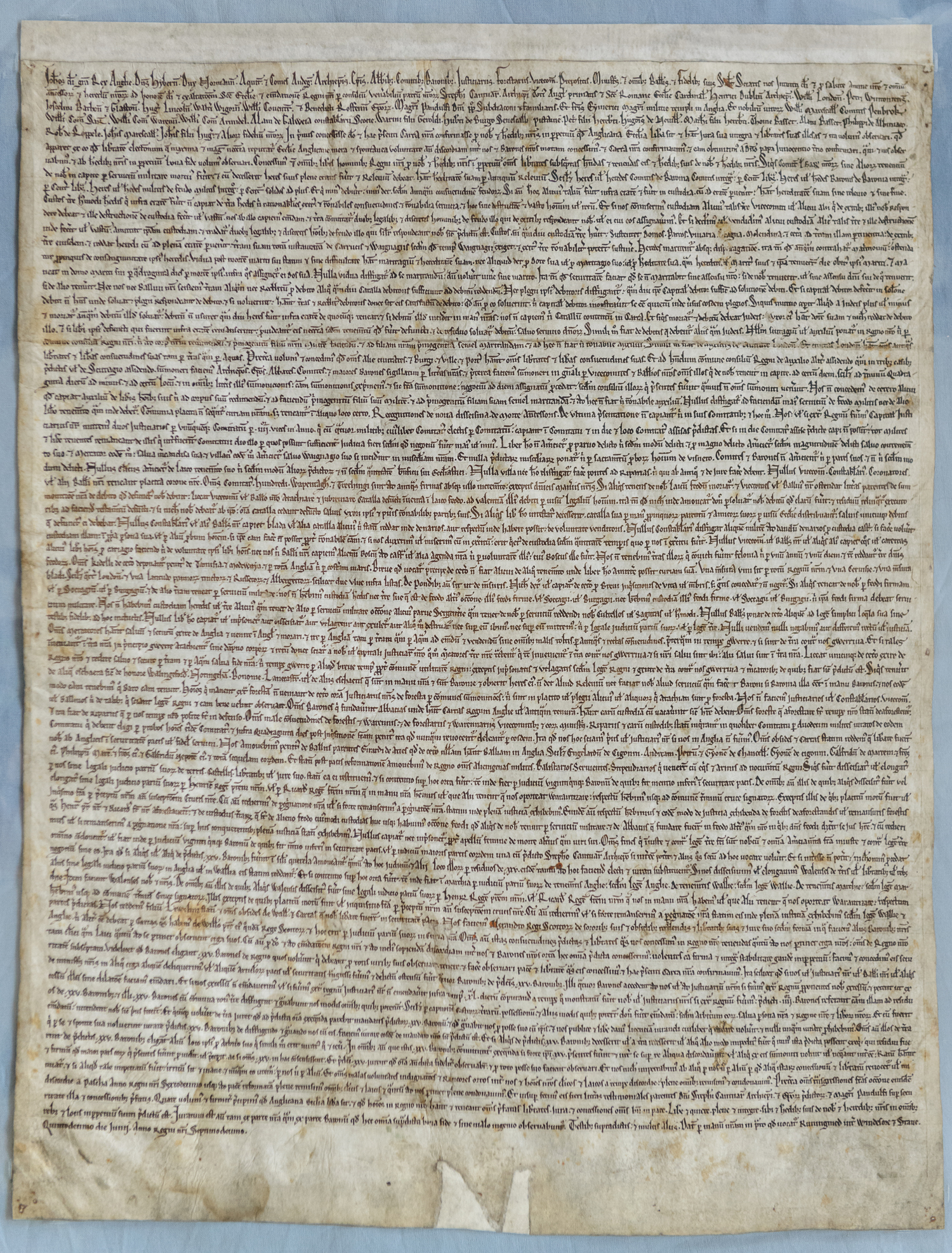
3. The Plague (Black Death) arrives in England – 1346.
It is difficult to imagine the terror that must have struck the people in England as the Black Death swept across the country. Well over a quarter of the population are believed to have died, devastating villages and towns. The plague had profound impact on society – leading to relative peace for a time and providing wage rises to surviving peasants – paving the way to the Peasants Revolt and helping to end serfdom.


4. Wars of the Roses begins – 1455.
Less than one hundred years after the Black Death, England was again uprooted by dramatic upheaval – this time man-made. The Wars of the Roses, fought between the two powerful houses of York and Lancaster, pitted families against each other. After the removal of King Henry VI, the country faced three decades of rebellion and plotting. This was only ended when Henry Tudor defeated Richard III at the Battle of Bosworth in 1485, which marked the beginning of the age of the Tudors.


5. V-E Day marks the end of the Second World War – 1945.
The two World Wars shattered peace in Europe, and for the first time everyday people were affected by aerial warfare. Britain faced heavy losses, air raids, rationing and other hardships during the long years of war. When the Allies accepted Germany’s unconditional surrender in May 1945 it was marked by cheering crowds and street celebrations across the country.

Primary Sources
What makes a planet habitable?
A planet’s habitability, or ability to harbor life, results from a complex network of interactions between the planet itself, the system it’s a part of, and the star it orbits. The standard definition for a habitable planet is one that can sustain life for significant period of time. As far as researchers know, this requires a planet to have liquid water. To detect this water from space, it must be on the planet’s surface. The region around a star where liquid surface water can exist on a planet’s surface is called the “habitable zone.” However, this definition is confined to our understanding of current and past life on Earth and the environments present on other planets. As researchers learn more and discover new environments in which life can sustain itself, the requirements for life on other planets may be redefined.
Different types of planets may drive processes that help or hinder habitability in different. For example, planets orbiting low-mass stars in the habitable zone may be tidally locked, with only one hemisphere facing the star at all times. Some planets may be limited to only periodic or local habitable regions on the surface if, e.g., they experience periodic global glaciations or are mostly desiccated. In order to understand the full range of planetary environments that could support life and generate detectable bio signatures, we require more detailed and complete models of diverse planetary conditions. In particular, understanding the processes that can maintain or lead to the loss of habitability on a planet requires the use of multiple coupled models that can examine these processes in detail especially at the boundaries where these processes intersect each other.
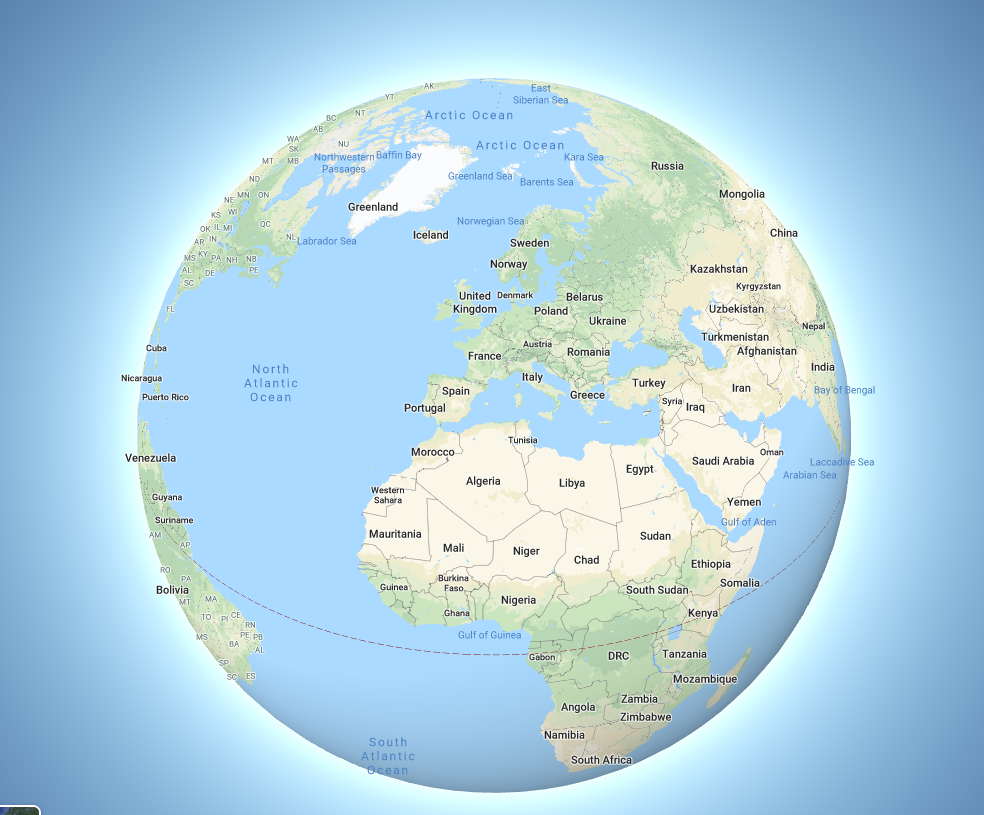
Create:

Starting the FMP
I will be using Photoshop and Maya to create my final idea, I will first start by drawing initial sketches of alien creatures, alien plants, I will also be getting reference images which could help me with my idea. I will post these below.
I plan on doing concept art for a game that is based on a alien planet.
First Designs
Alien Creatures:
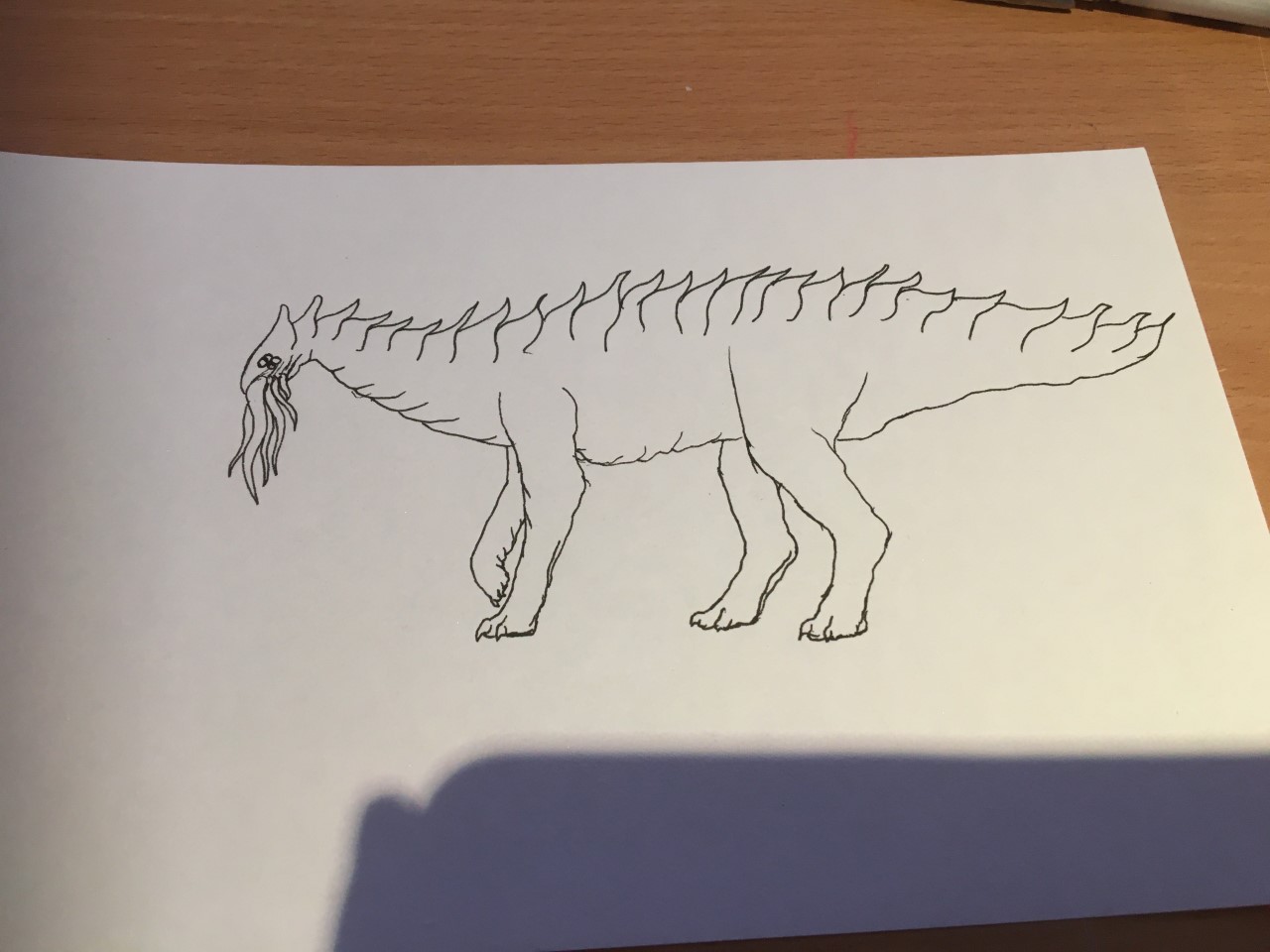
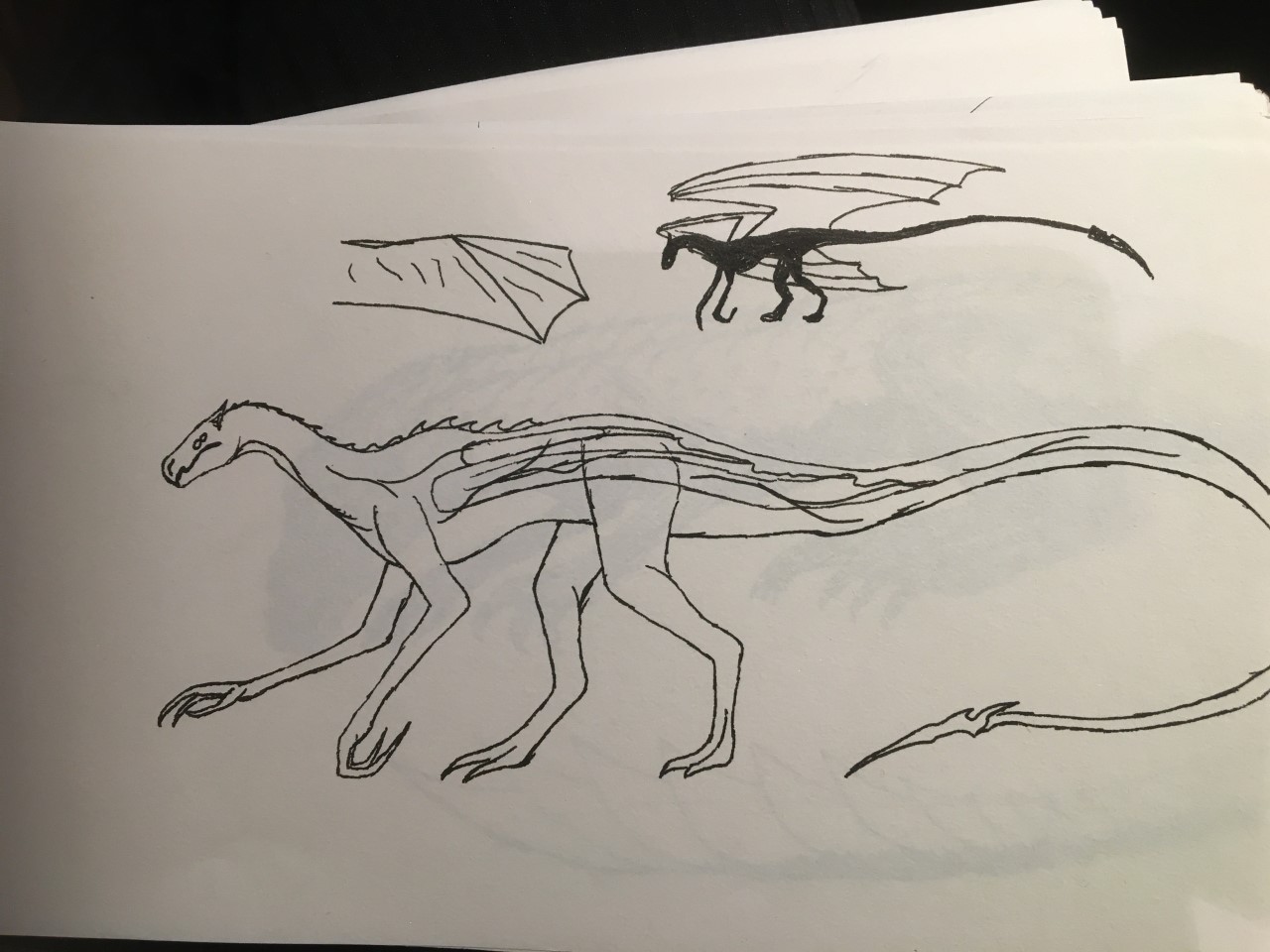

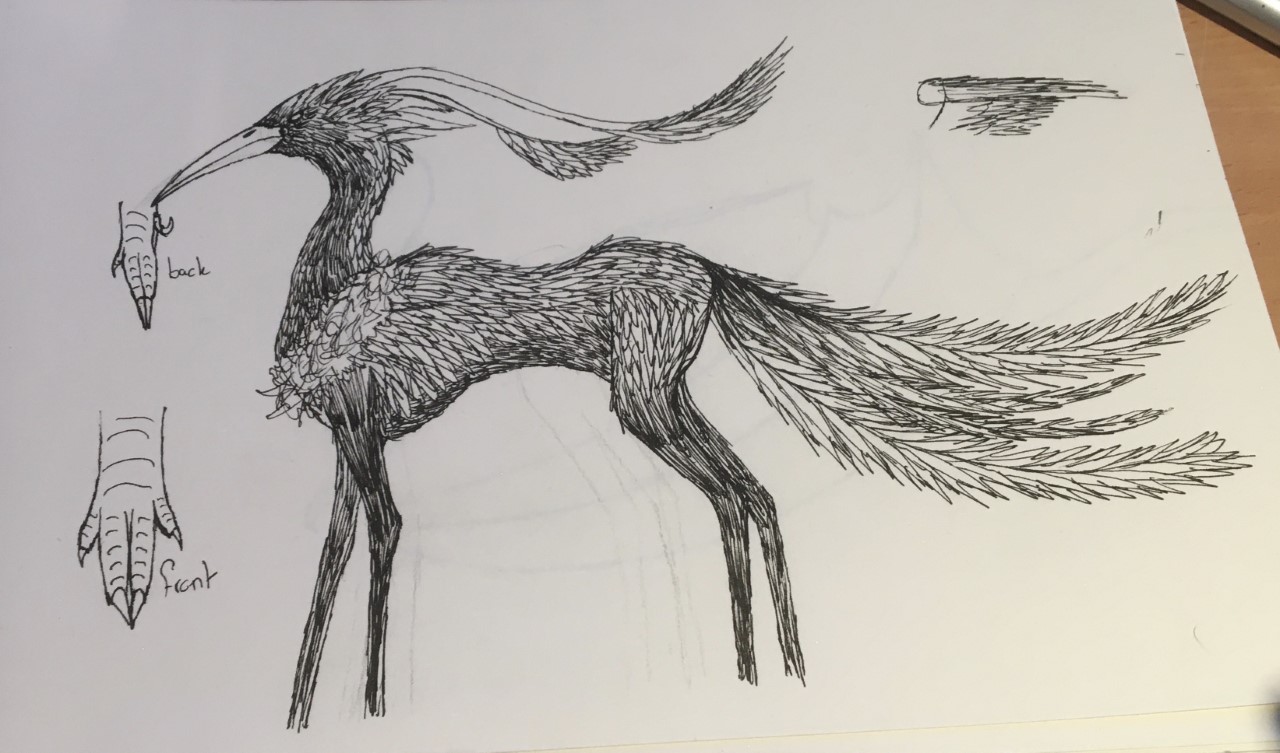
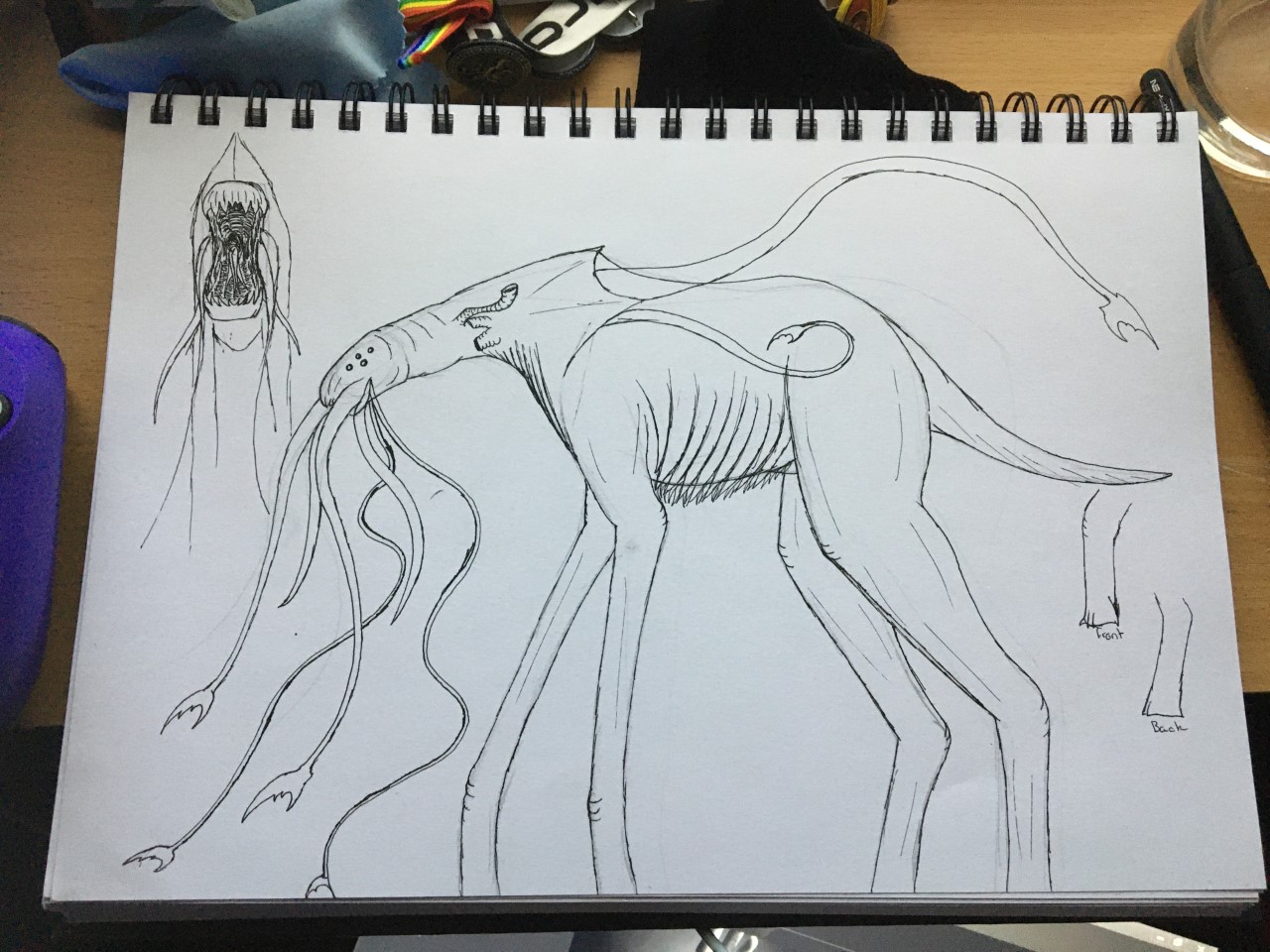
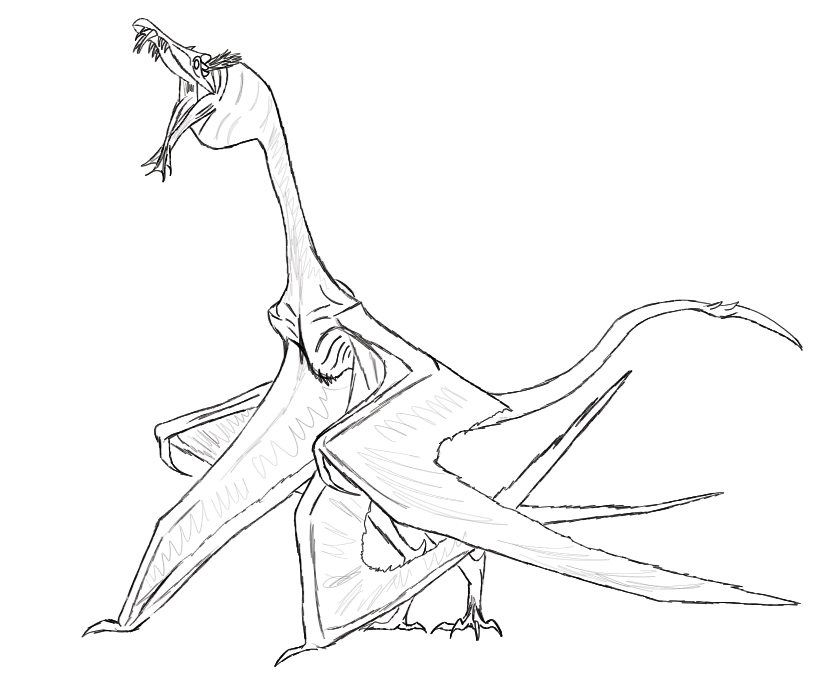
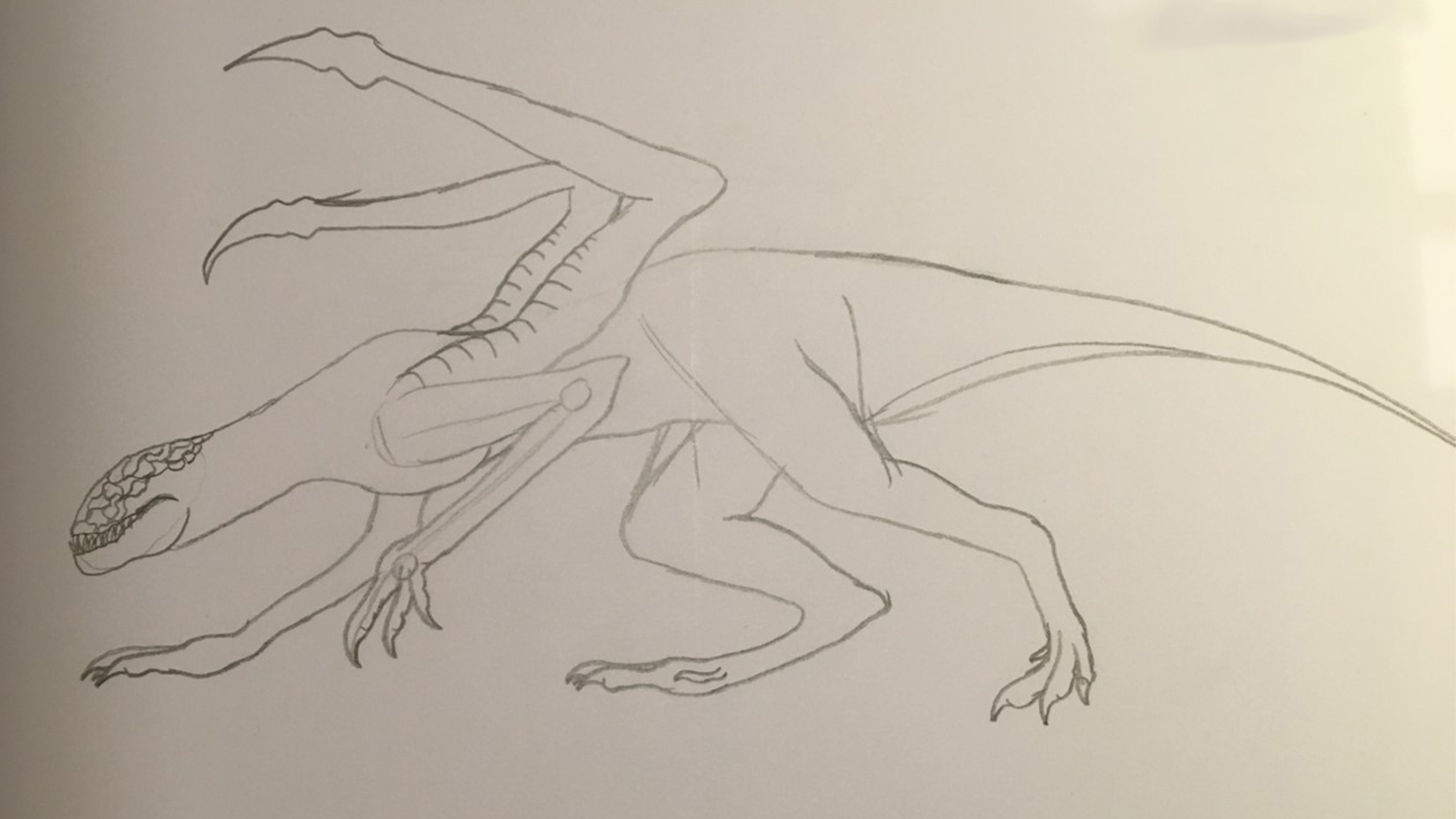
Alien Plants:
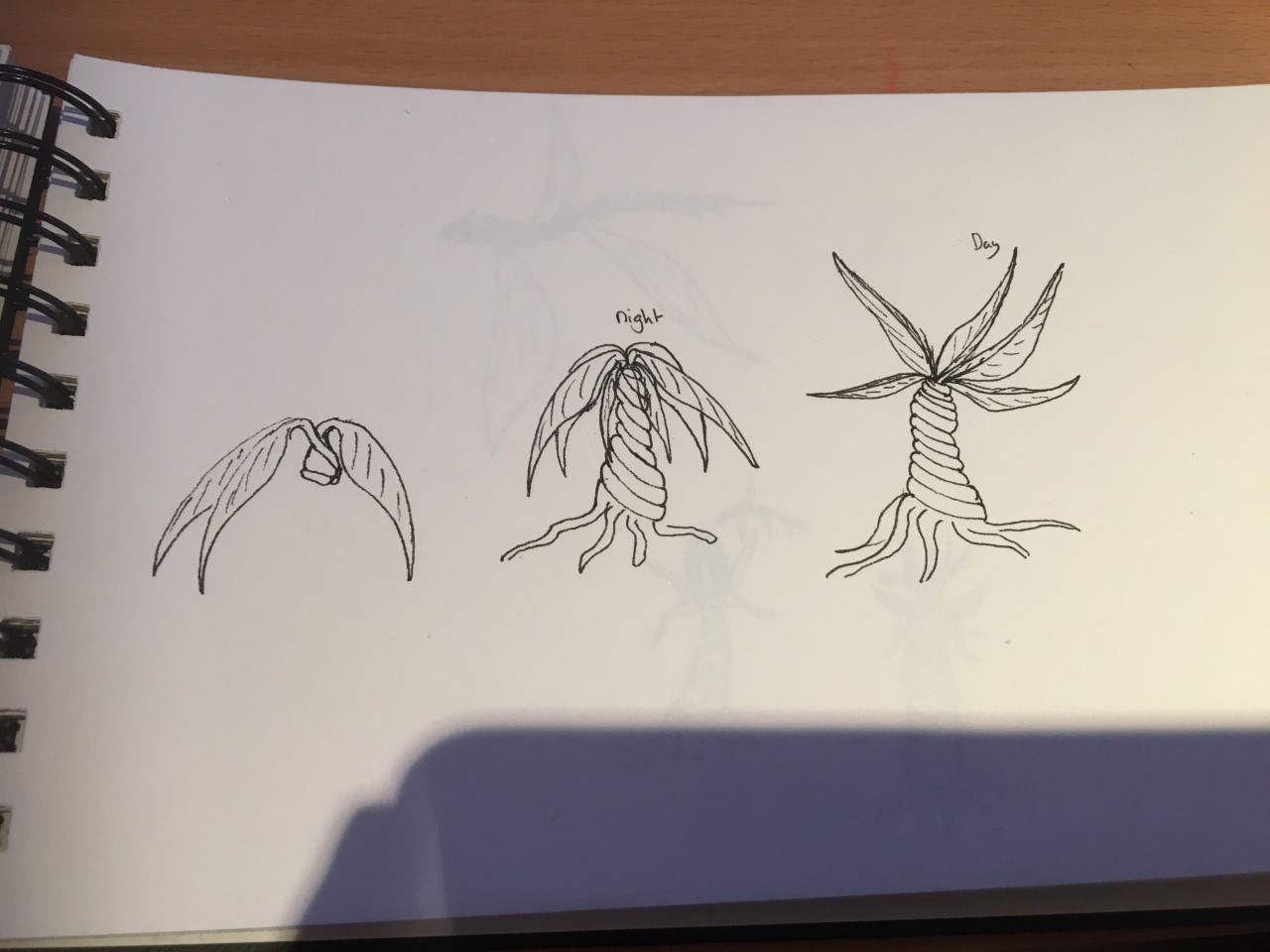
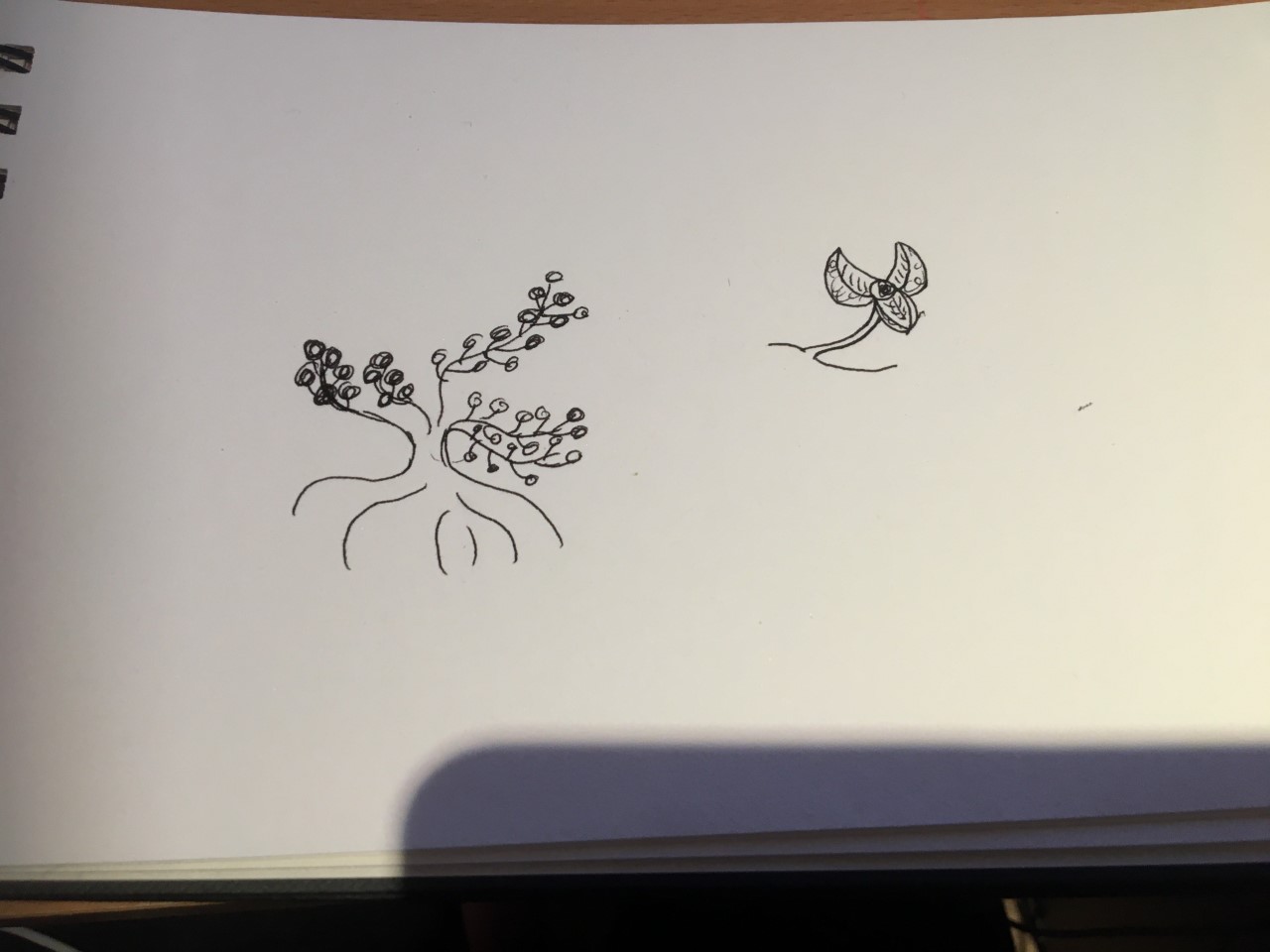
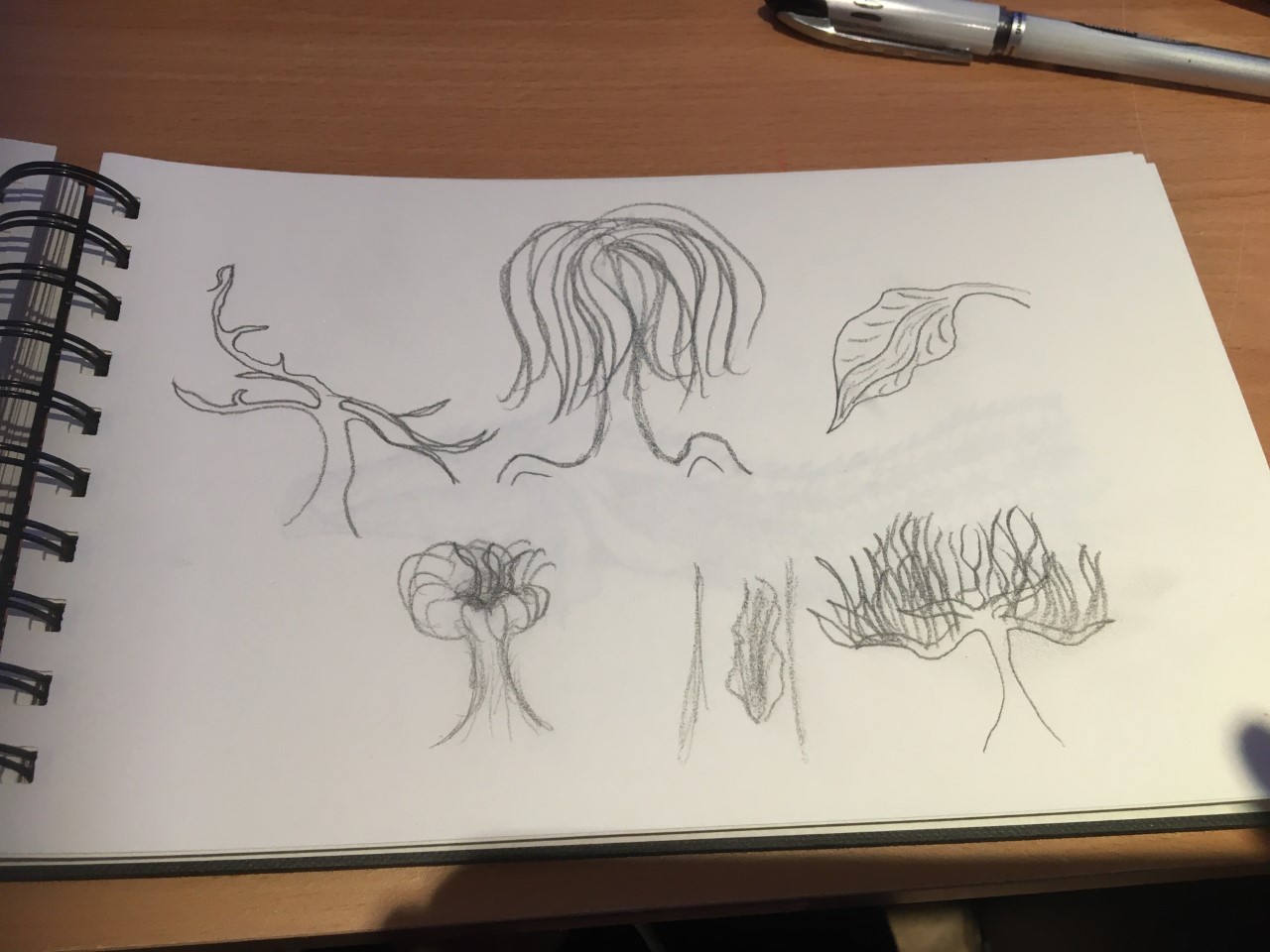
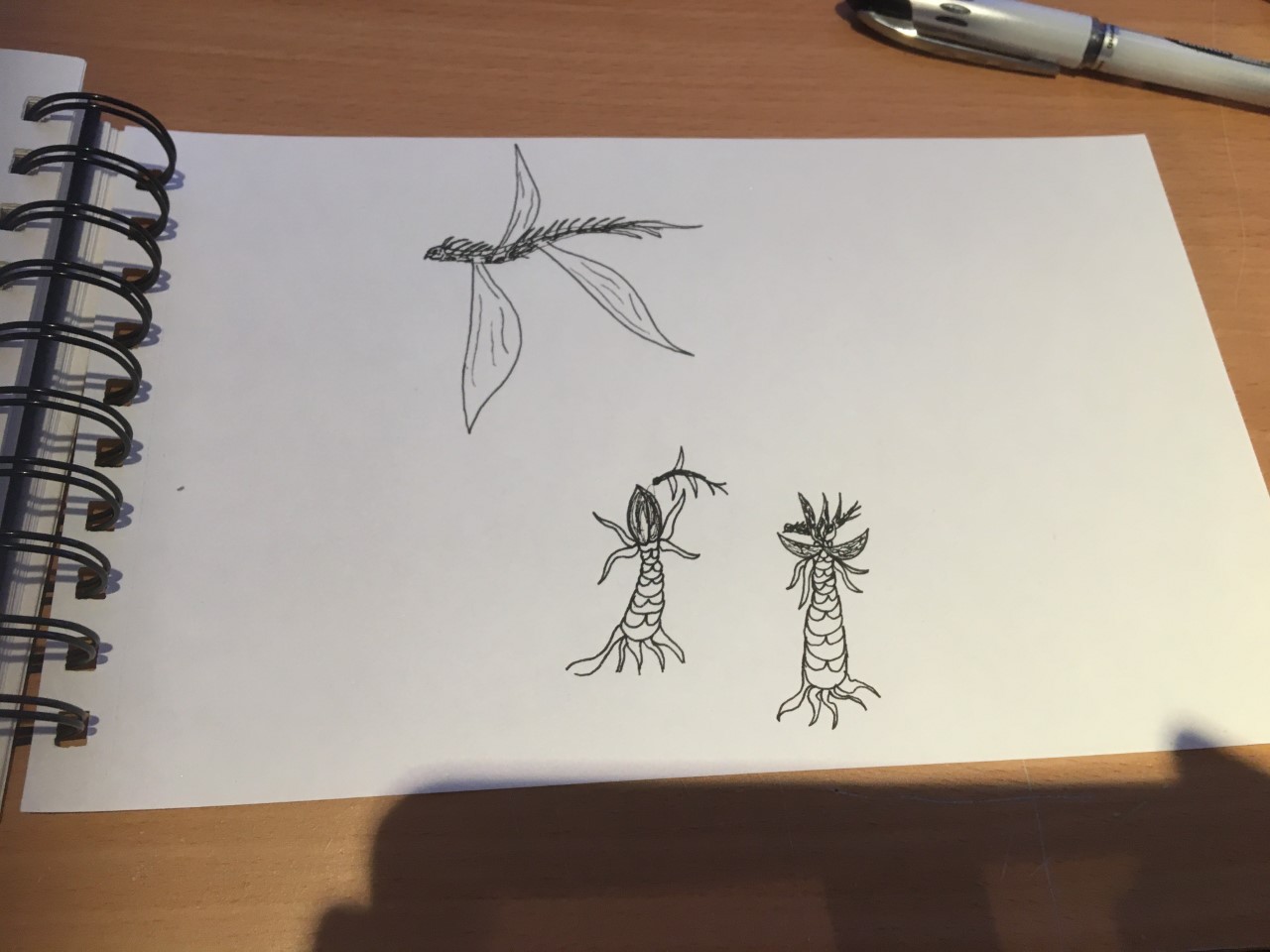
Final Designs (Early concepts)
Alien Creatures:
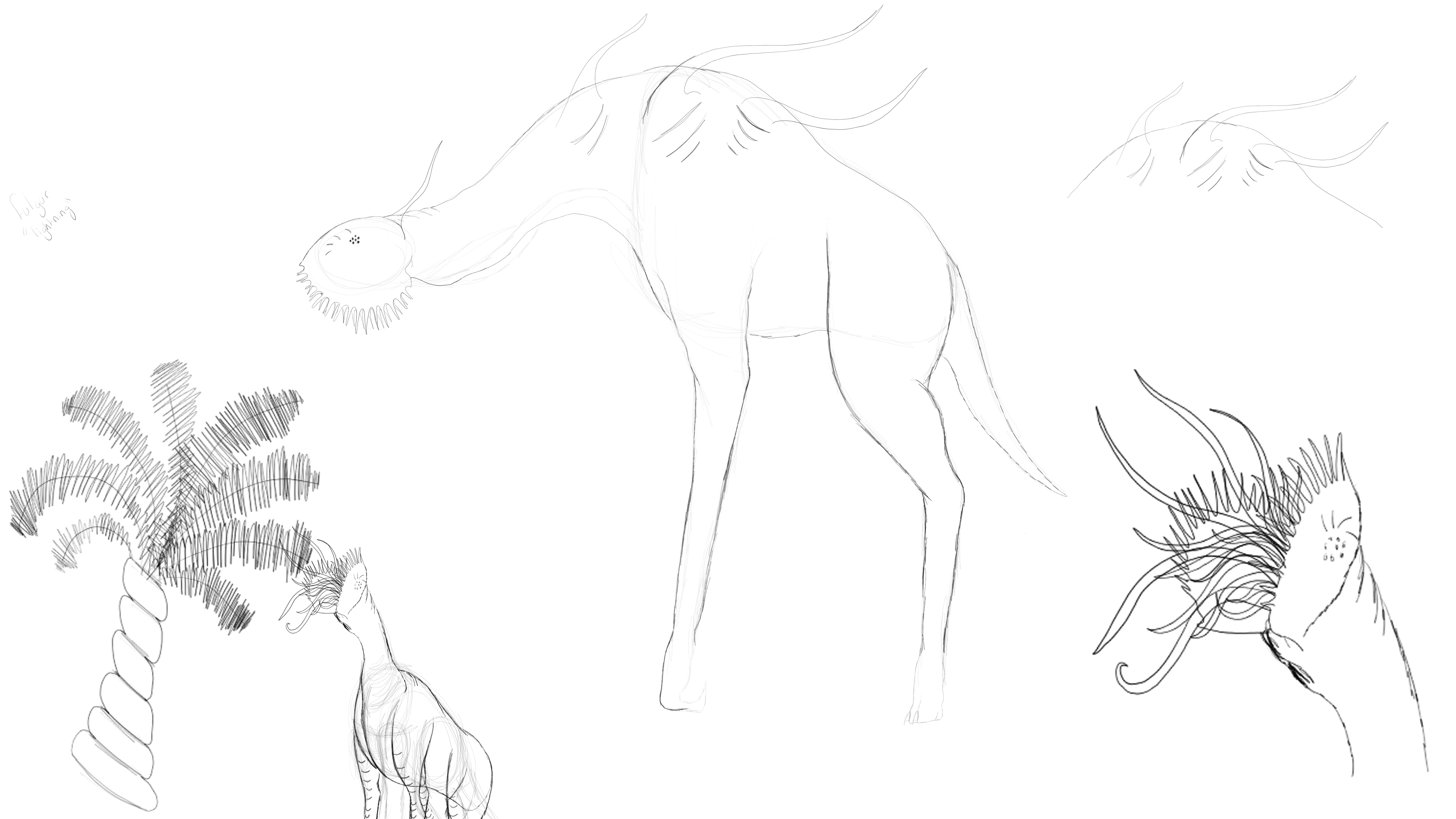
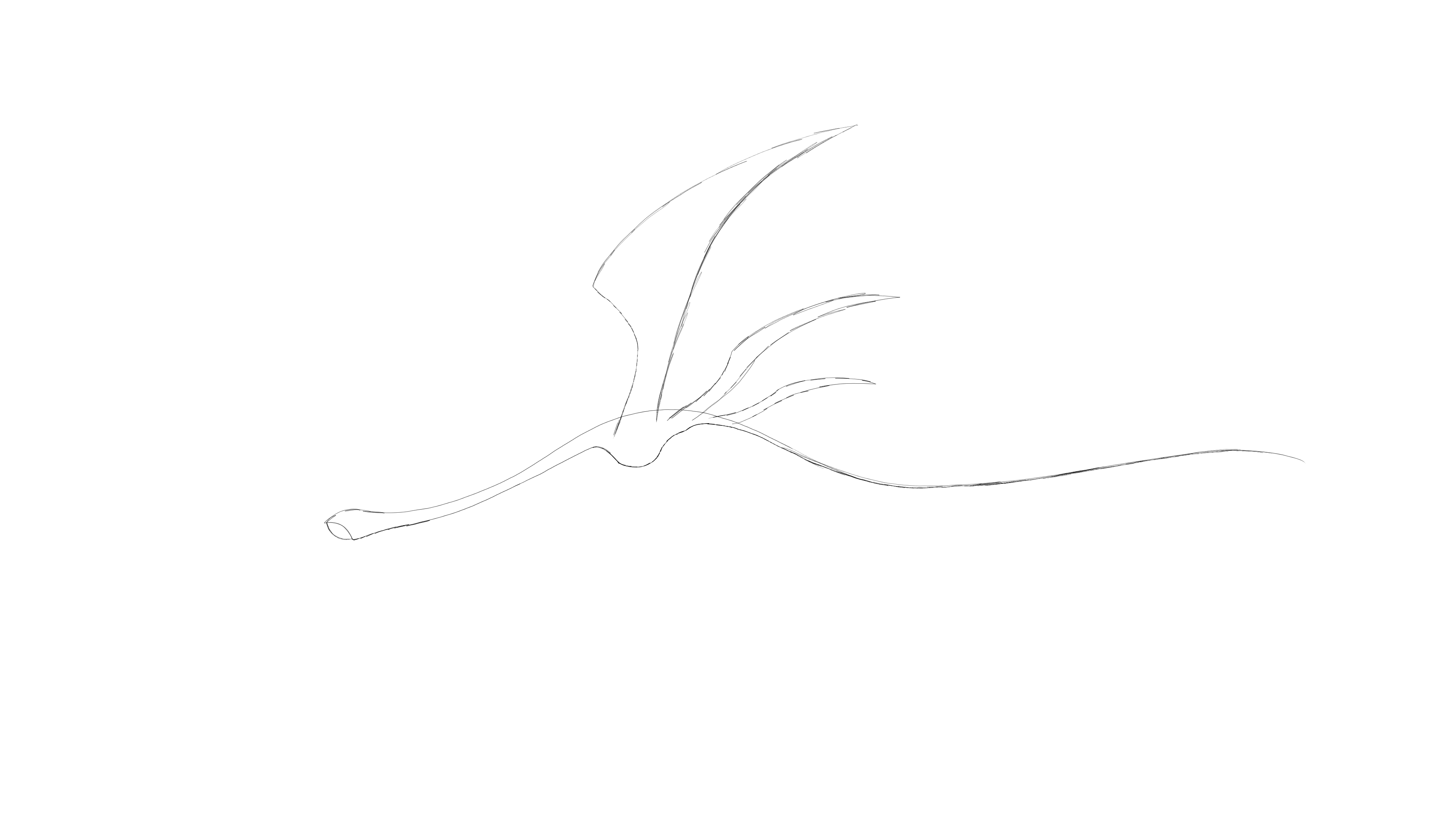

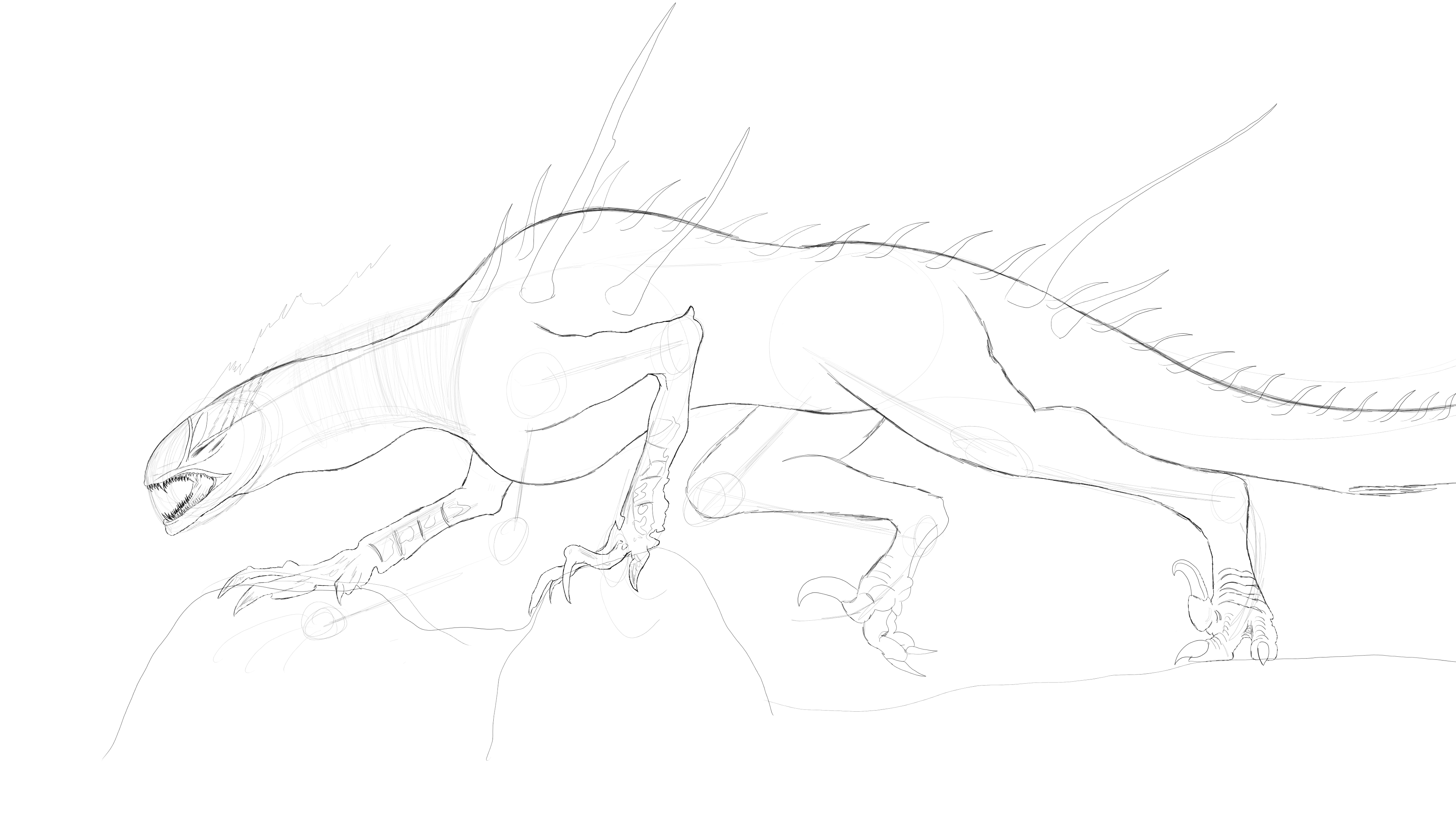
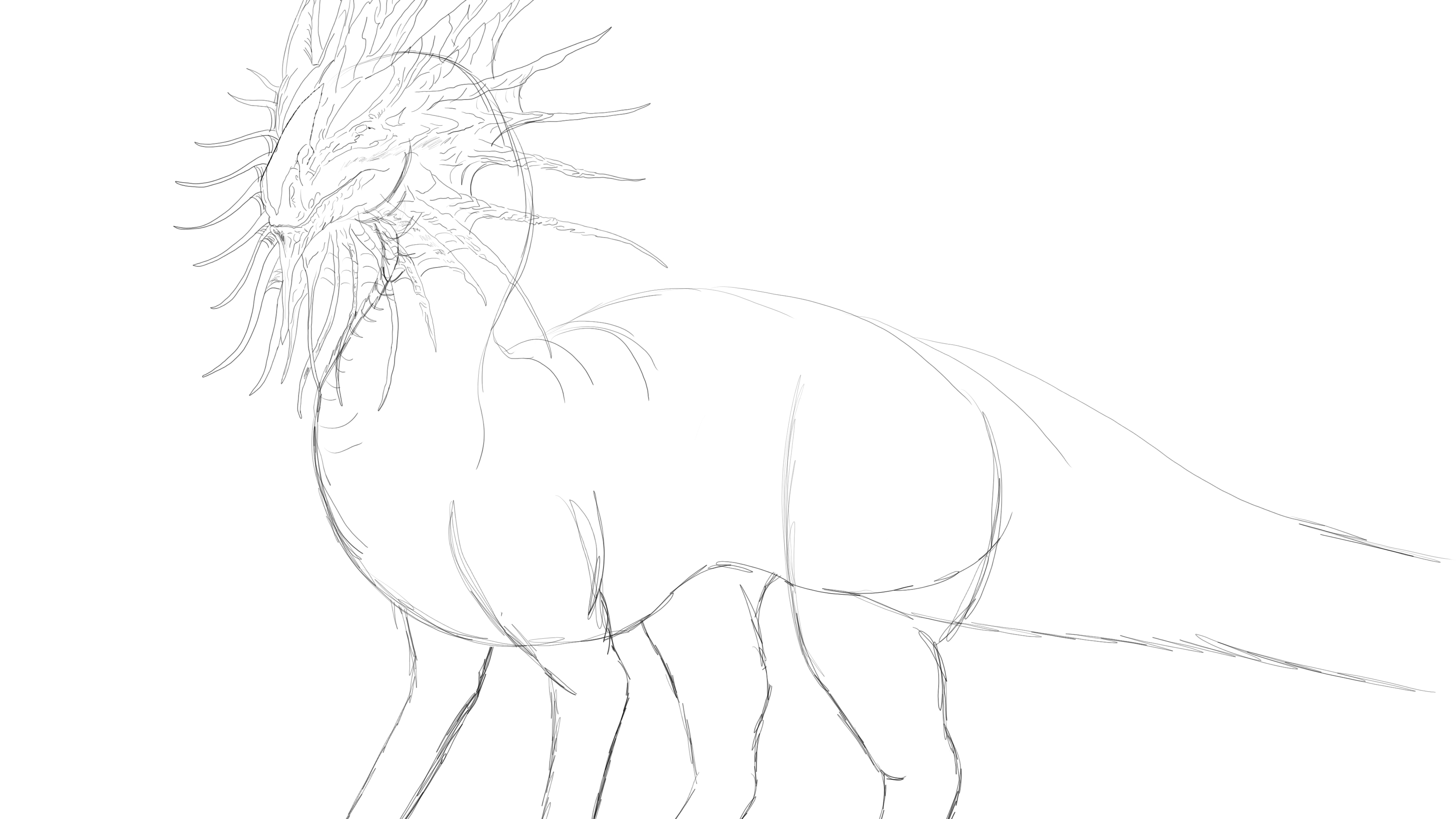
Alien creature references



Alien Plants



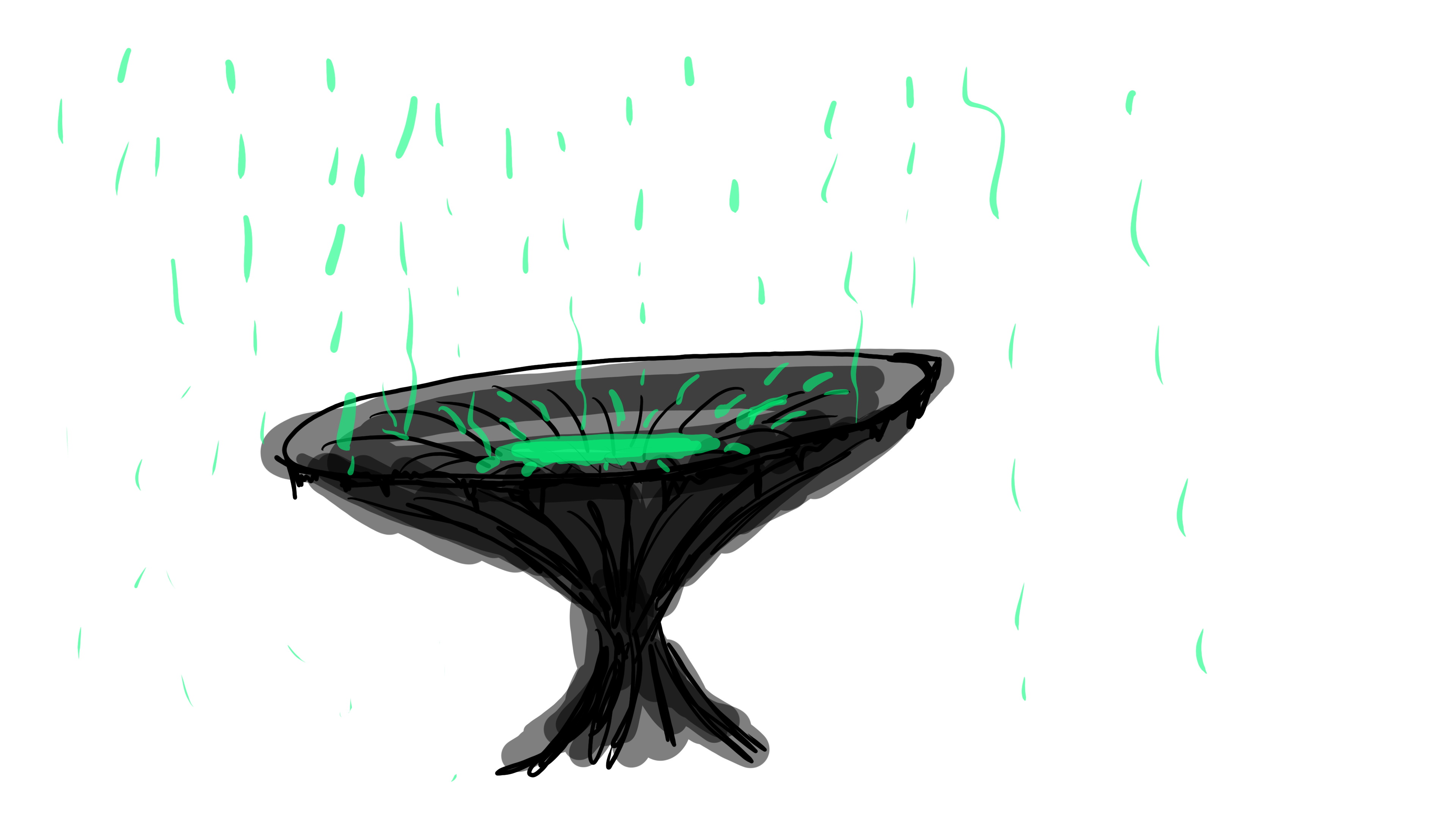
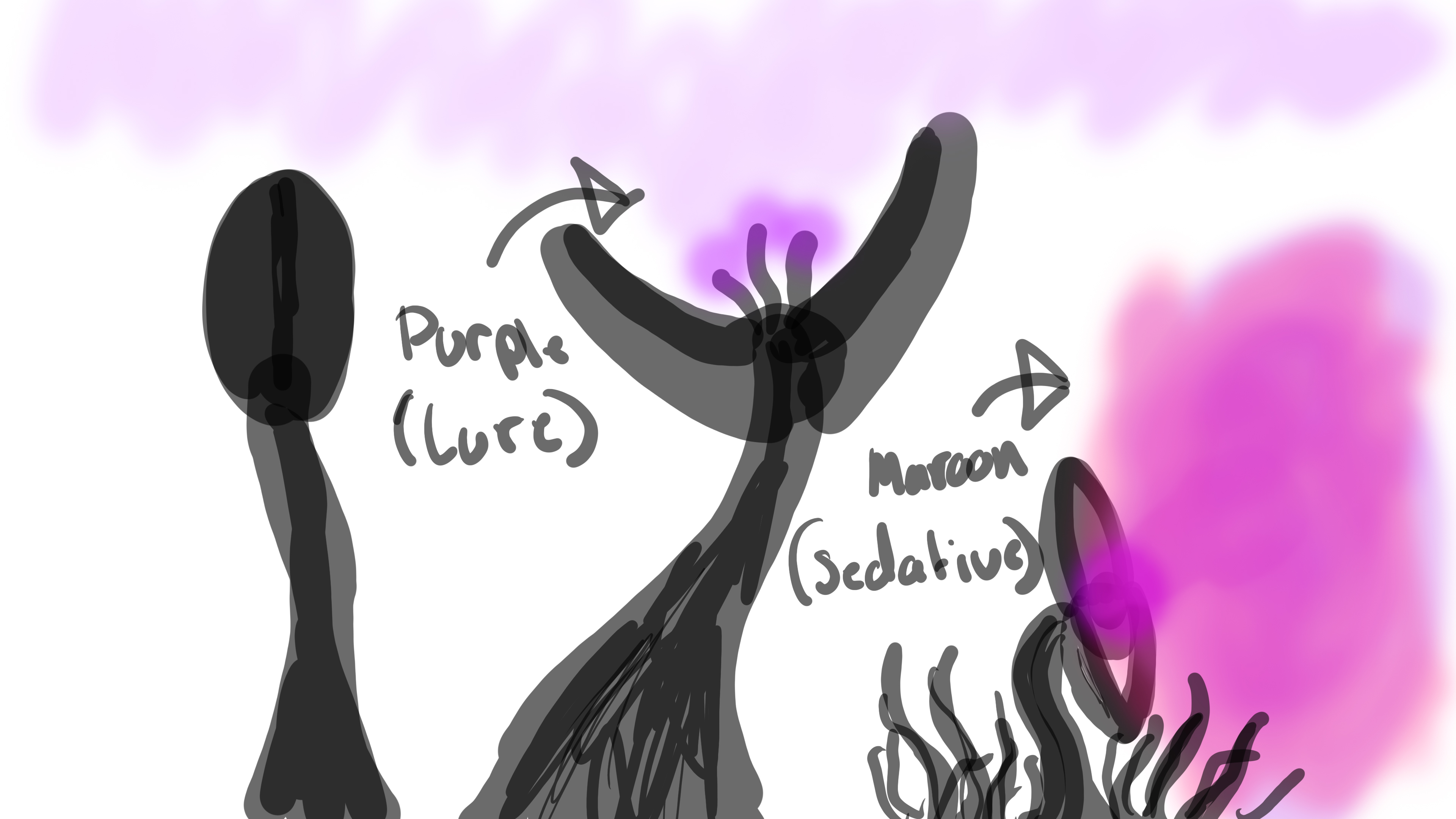
Alien plant references

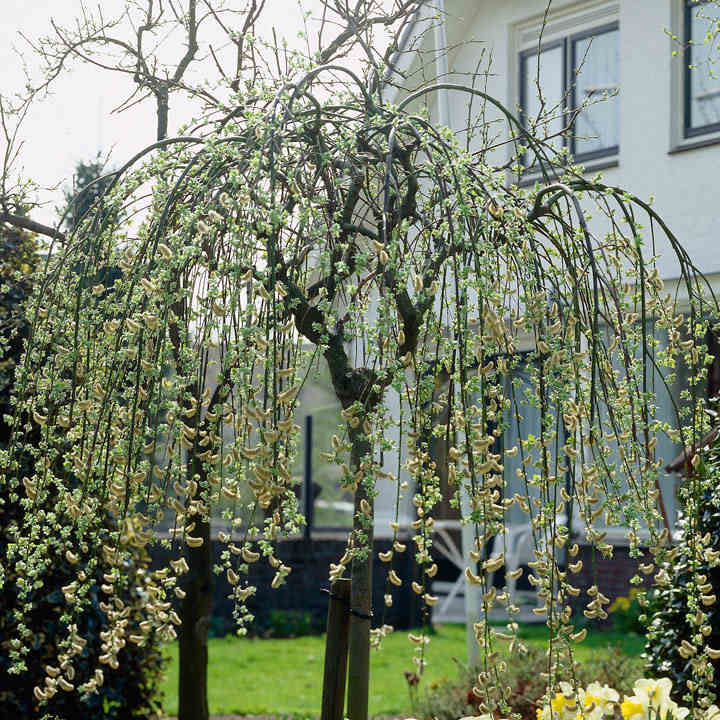
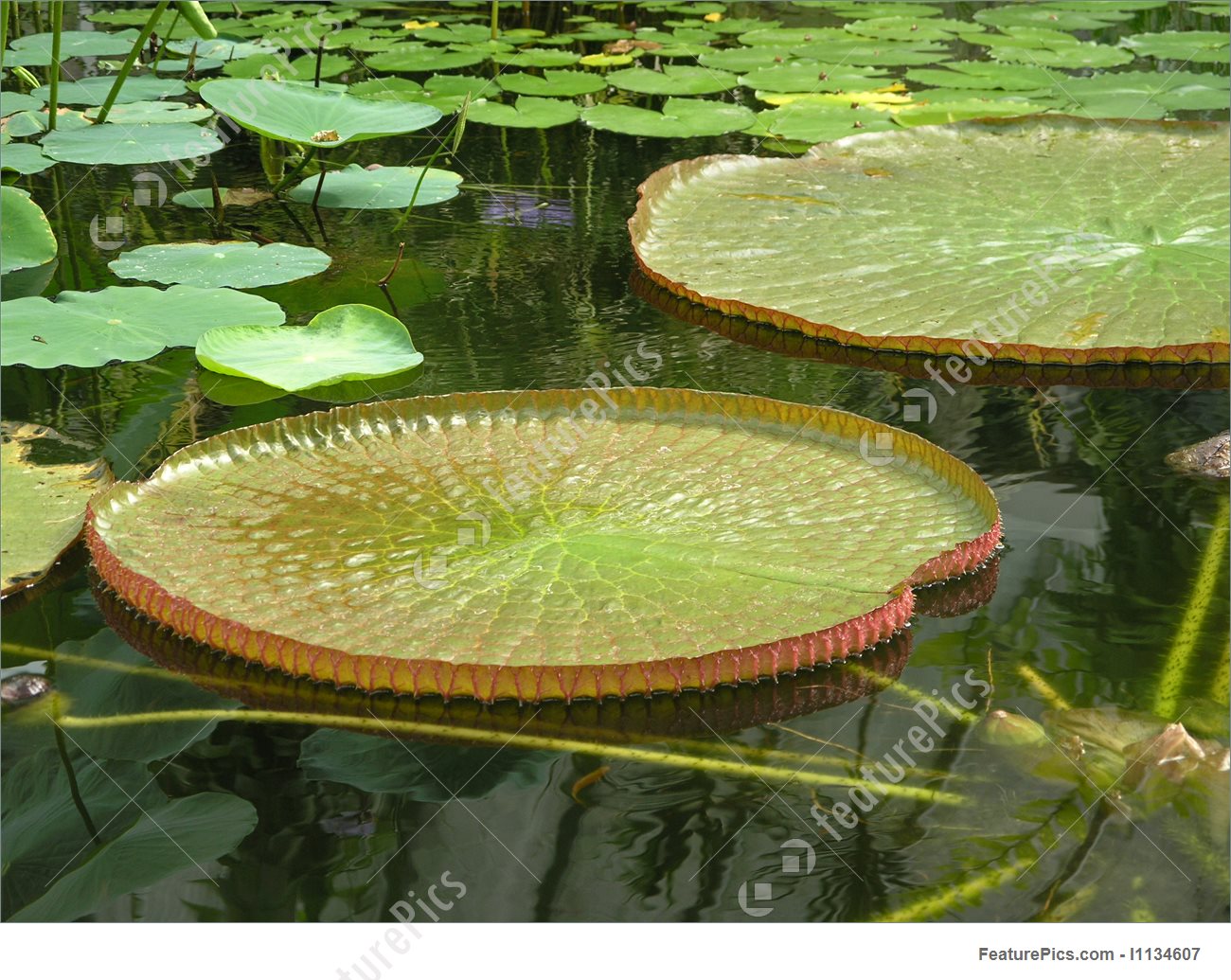
spaceships
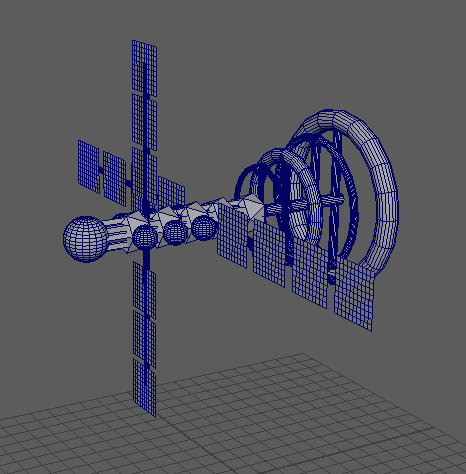


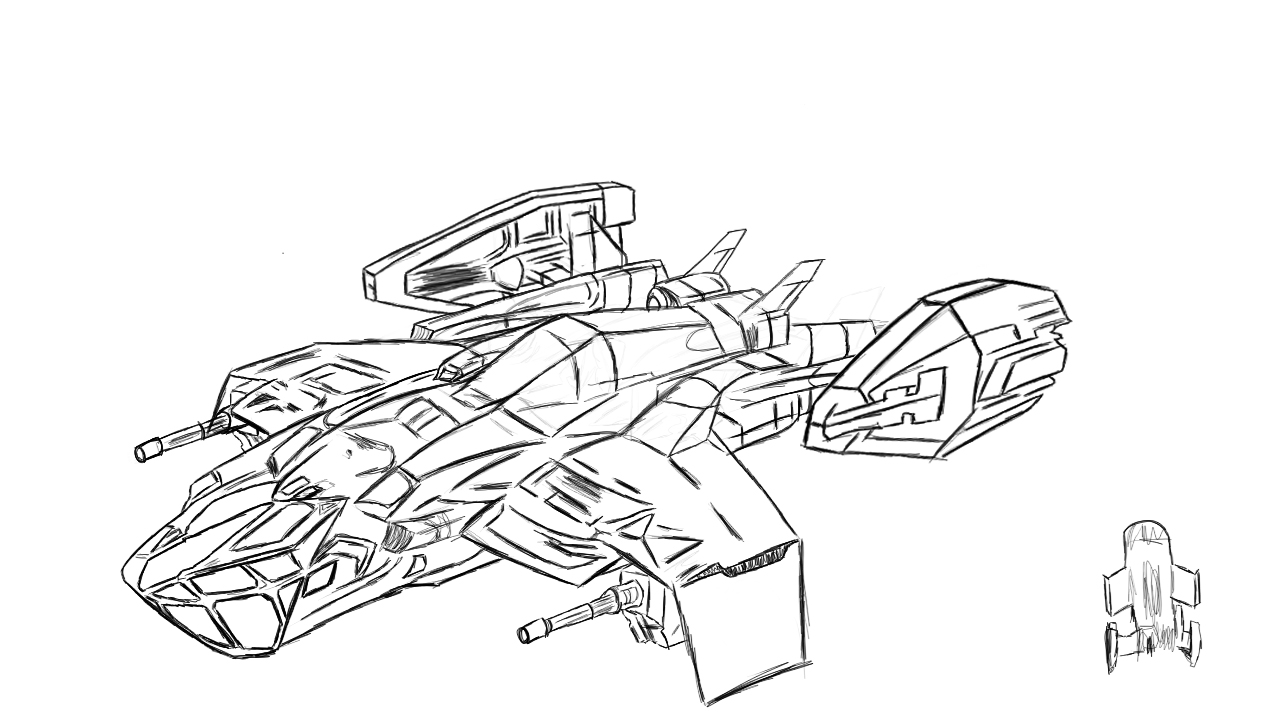
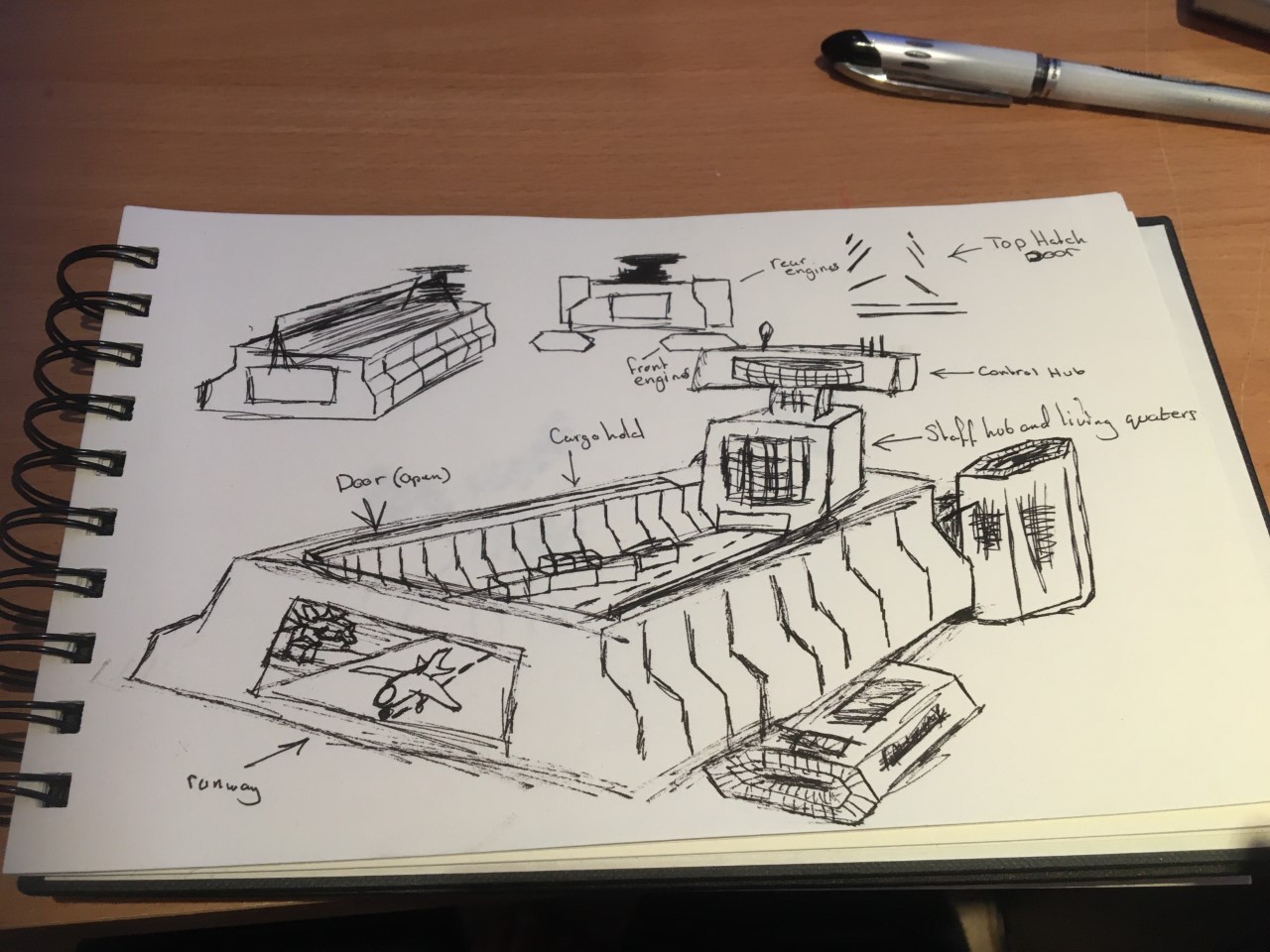
Spaceship reference images
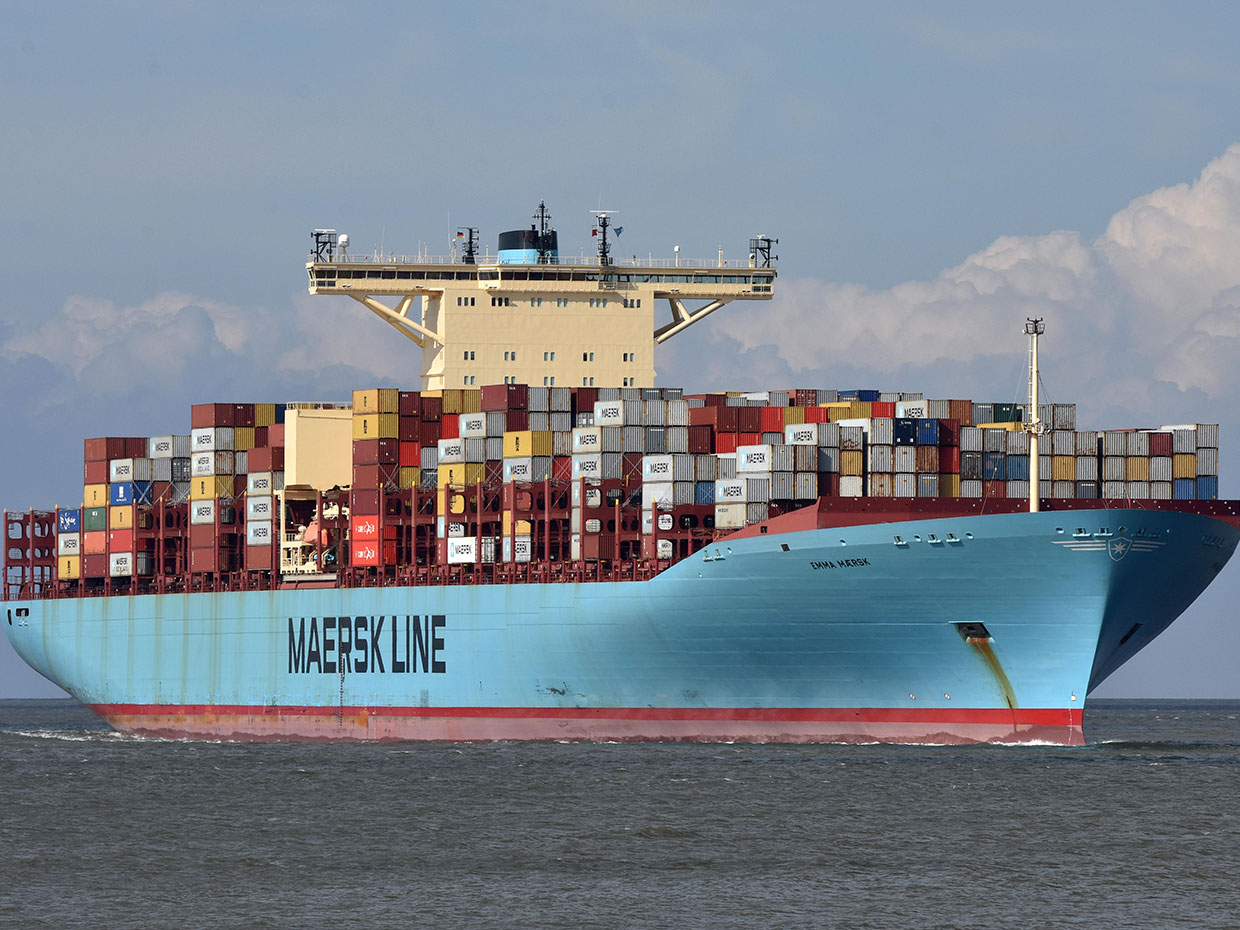




Land Vehicles
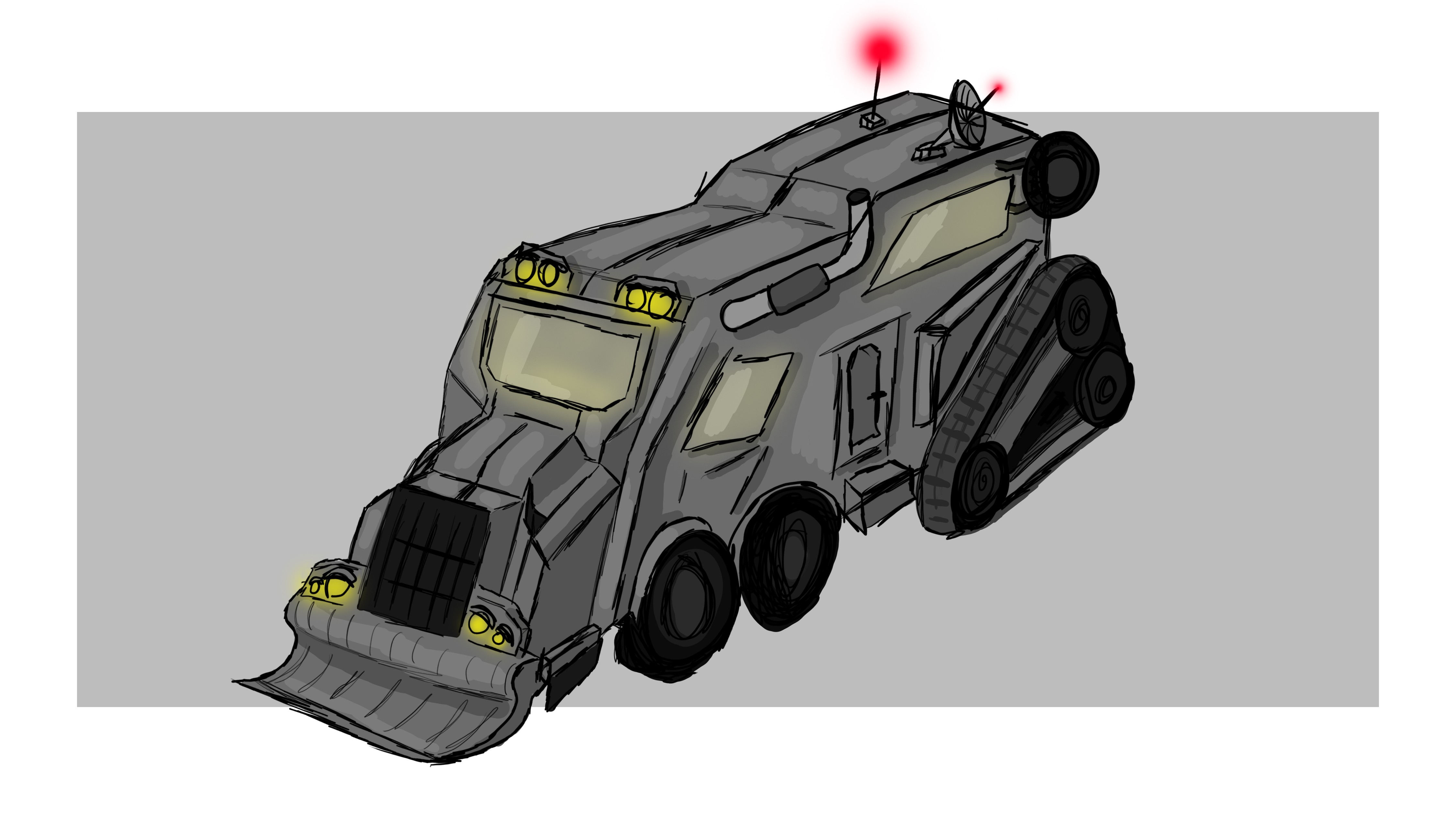
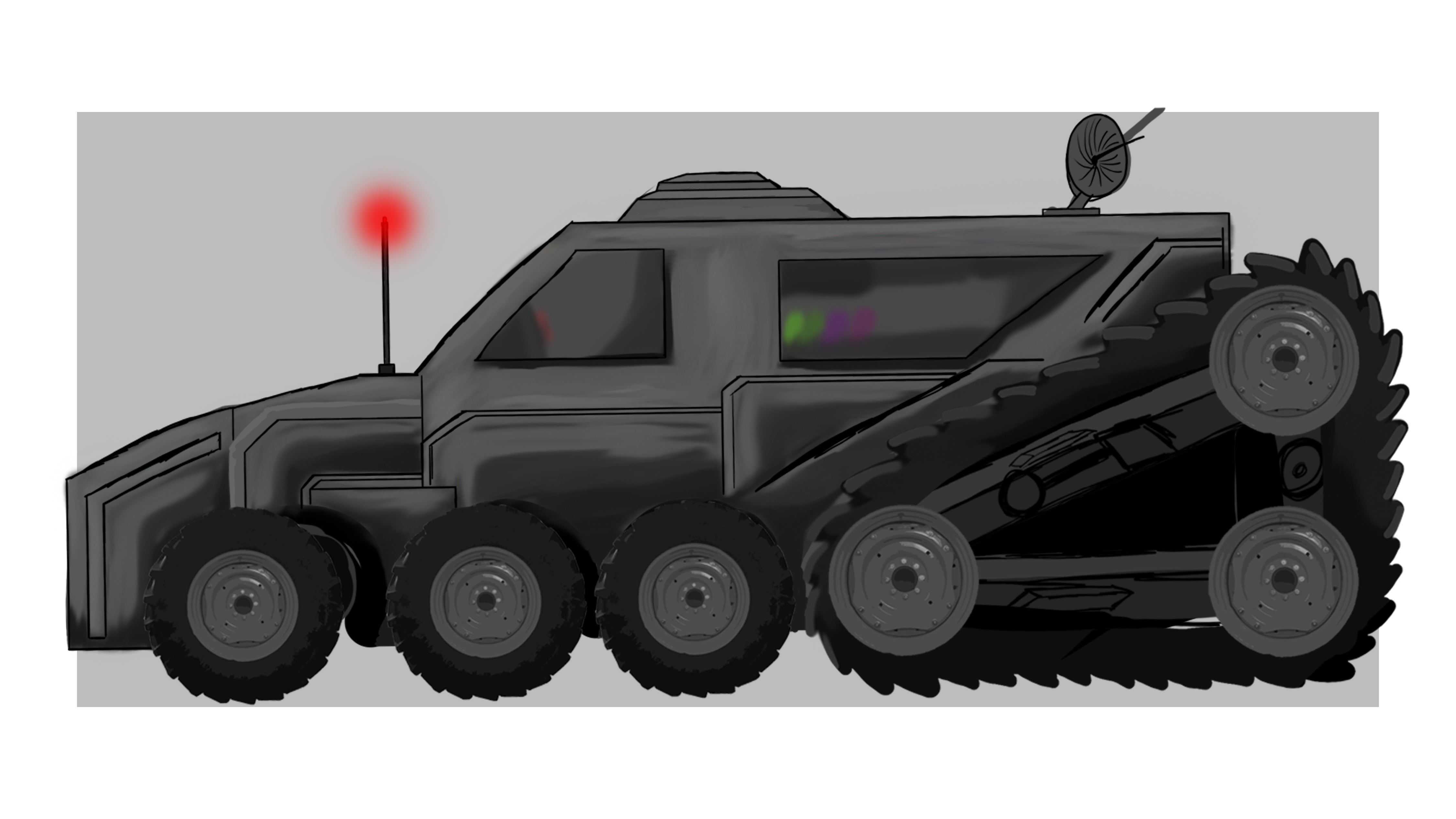
Land vehicle references
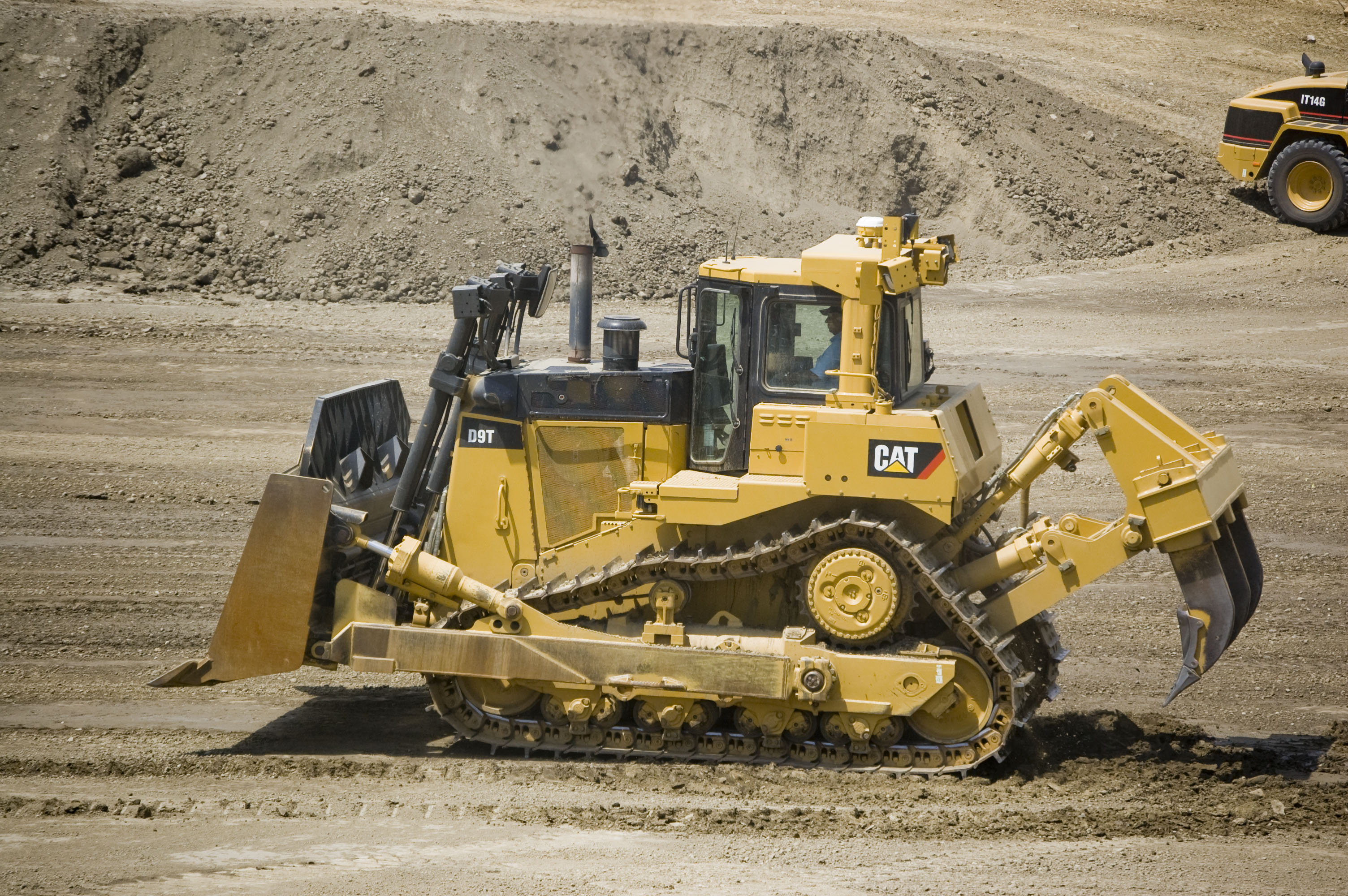
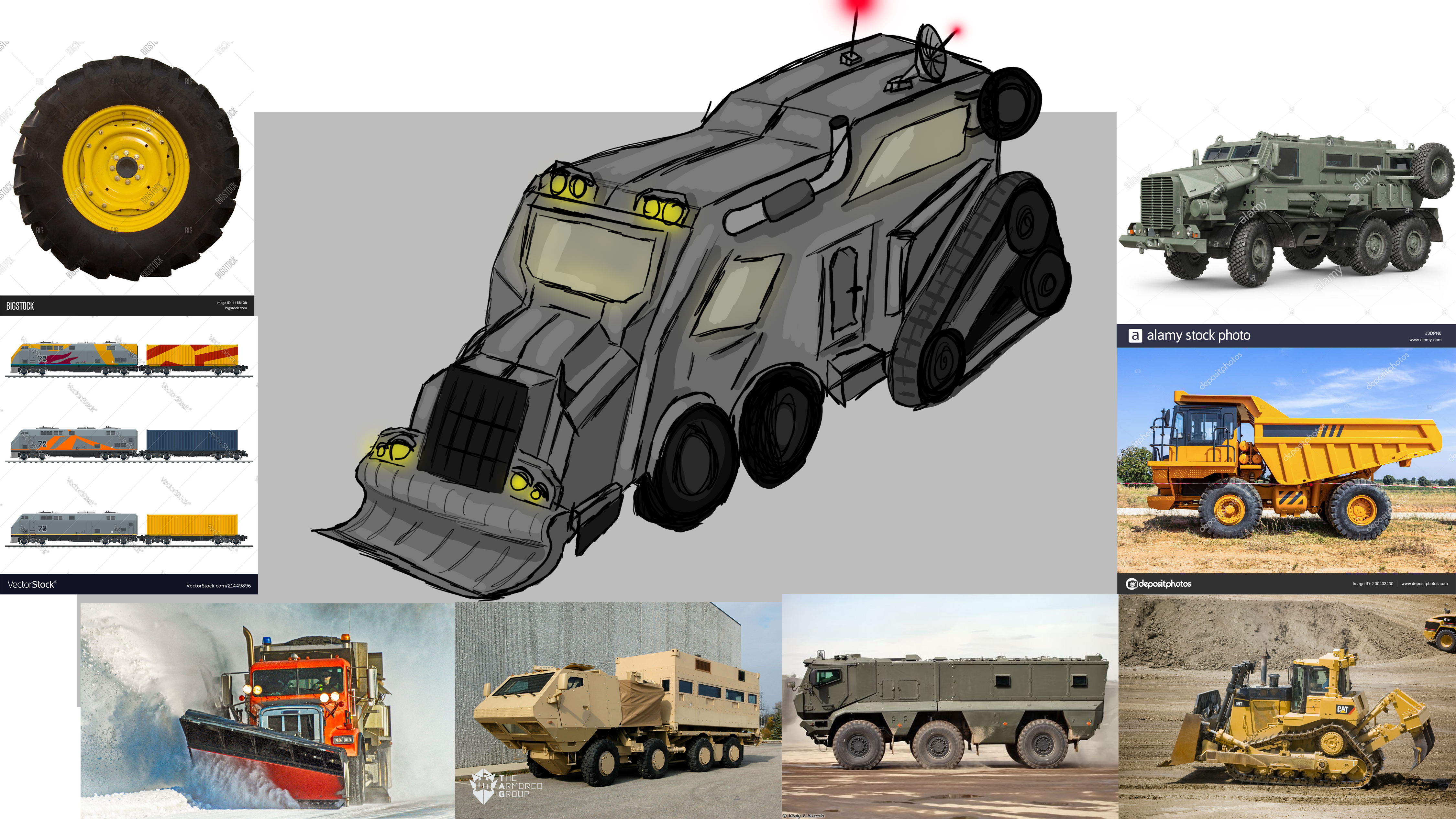
Human/Costume
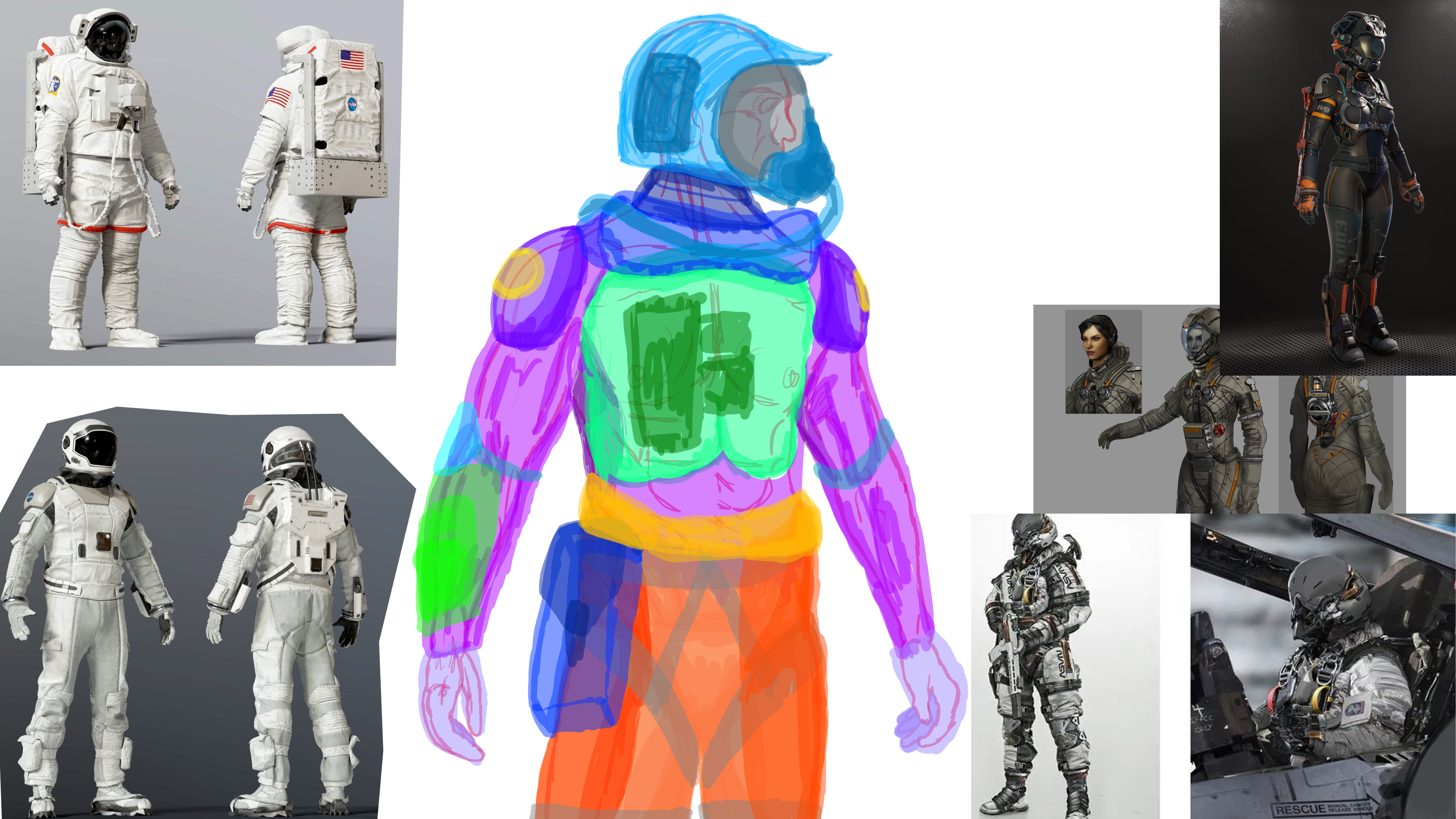
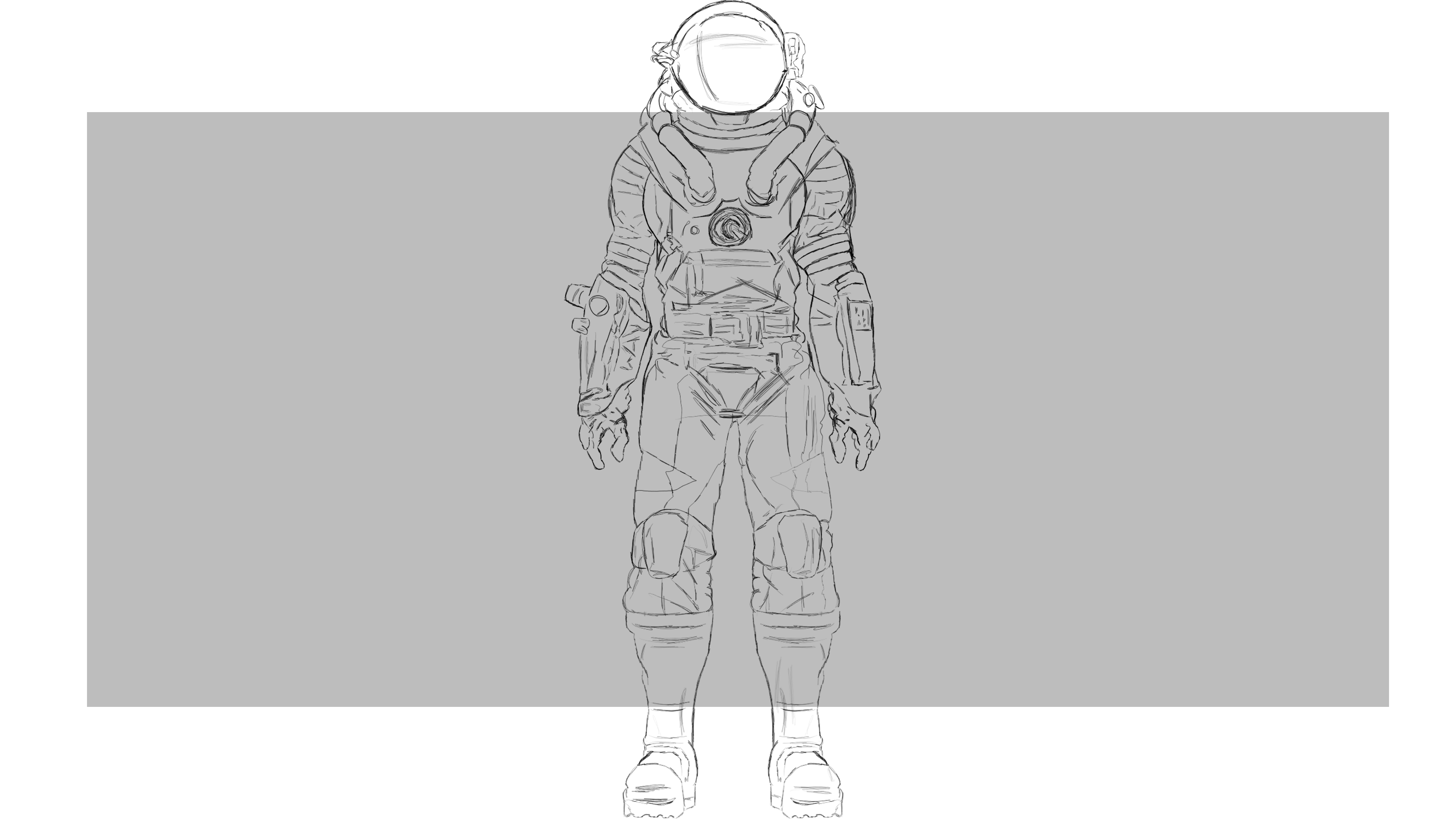

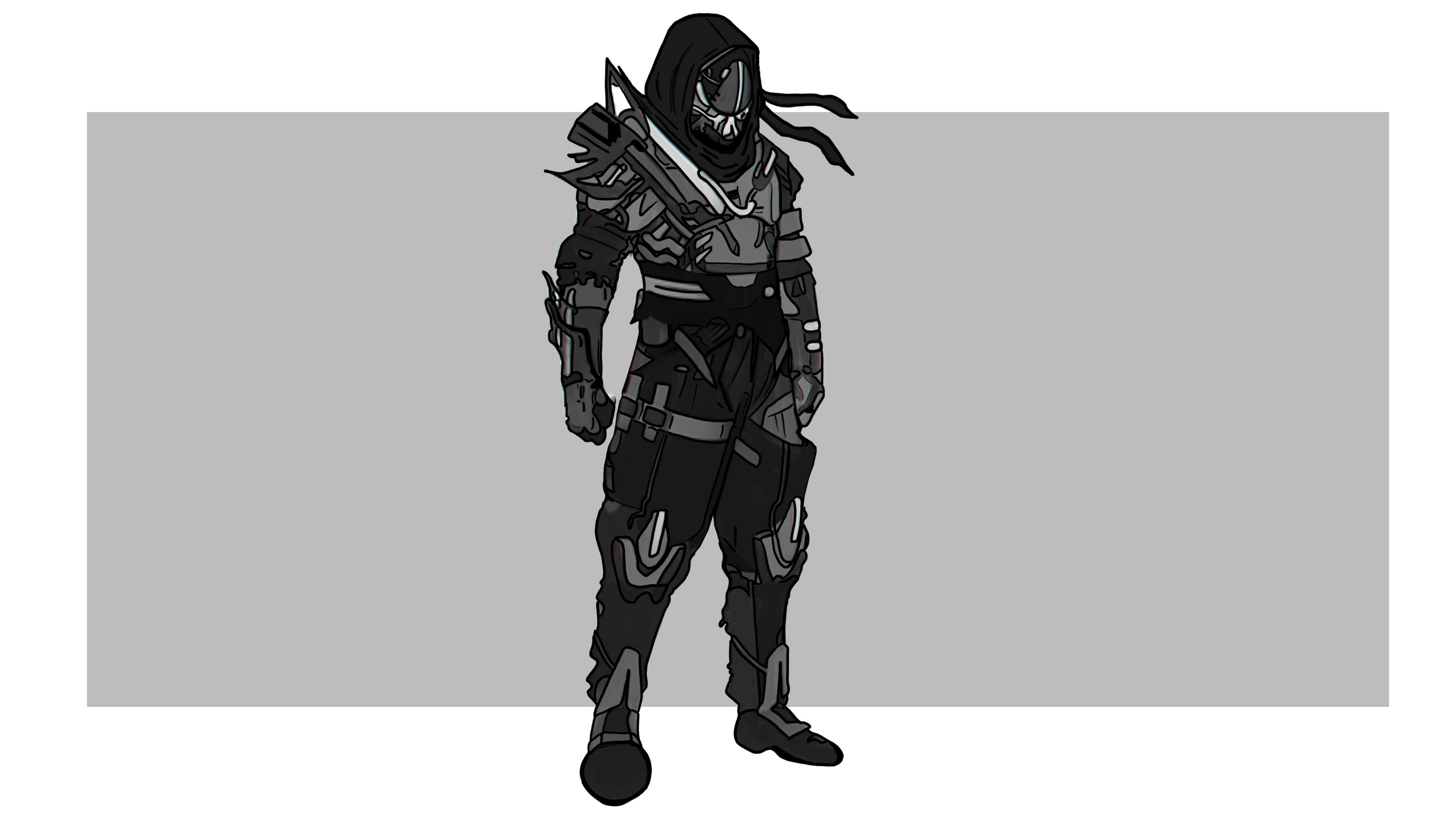
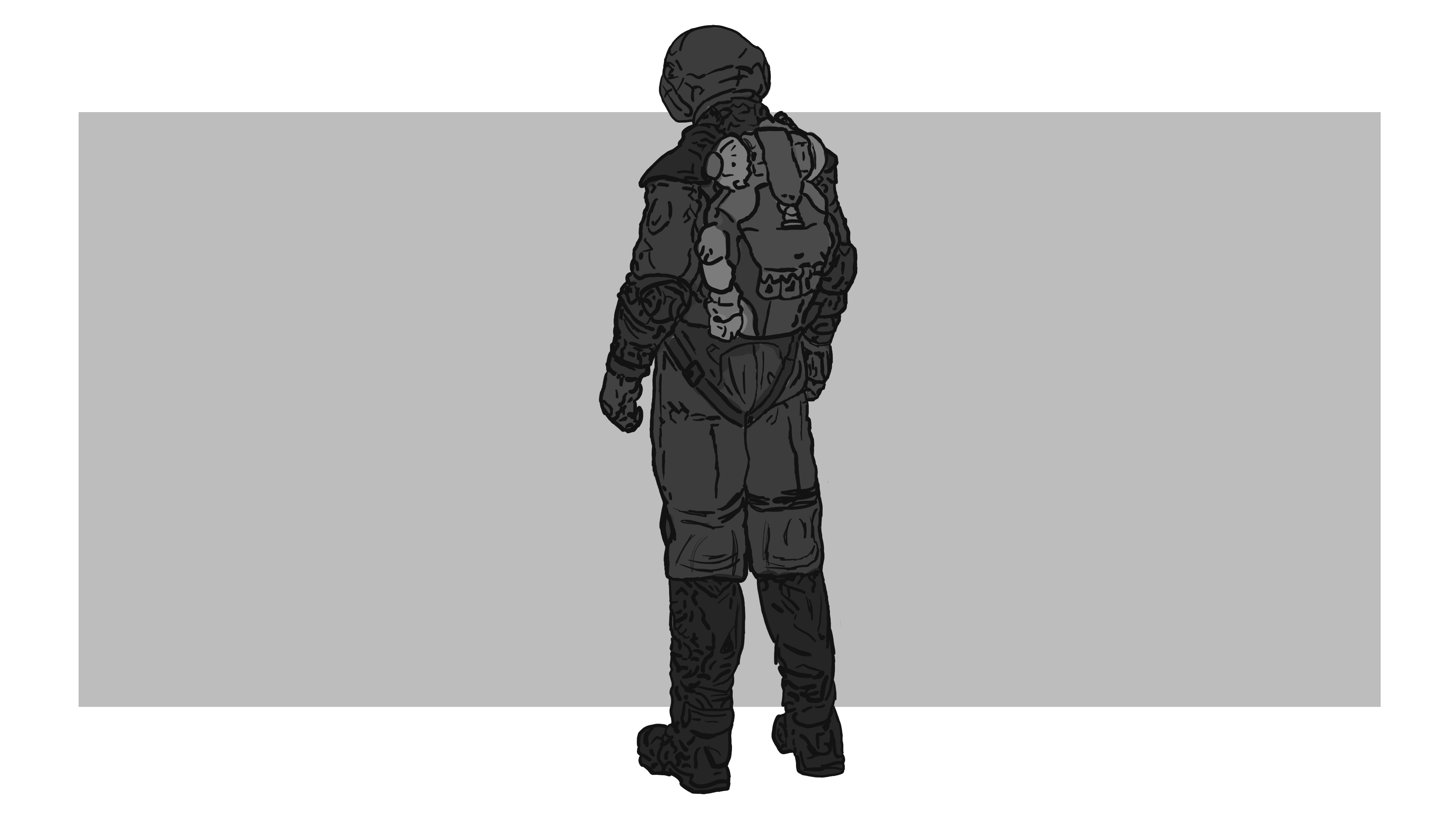
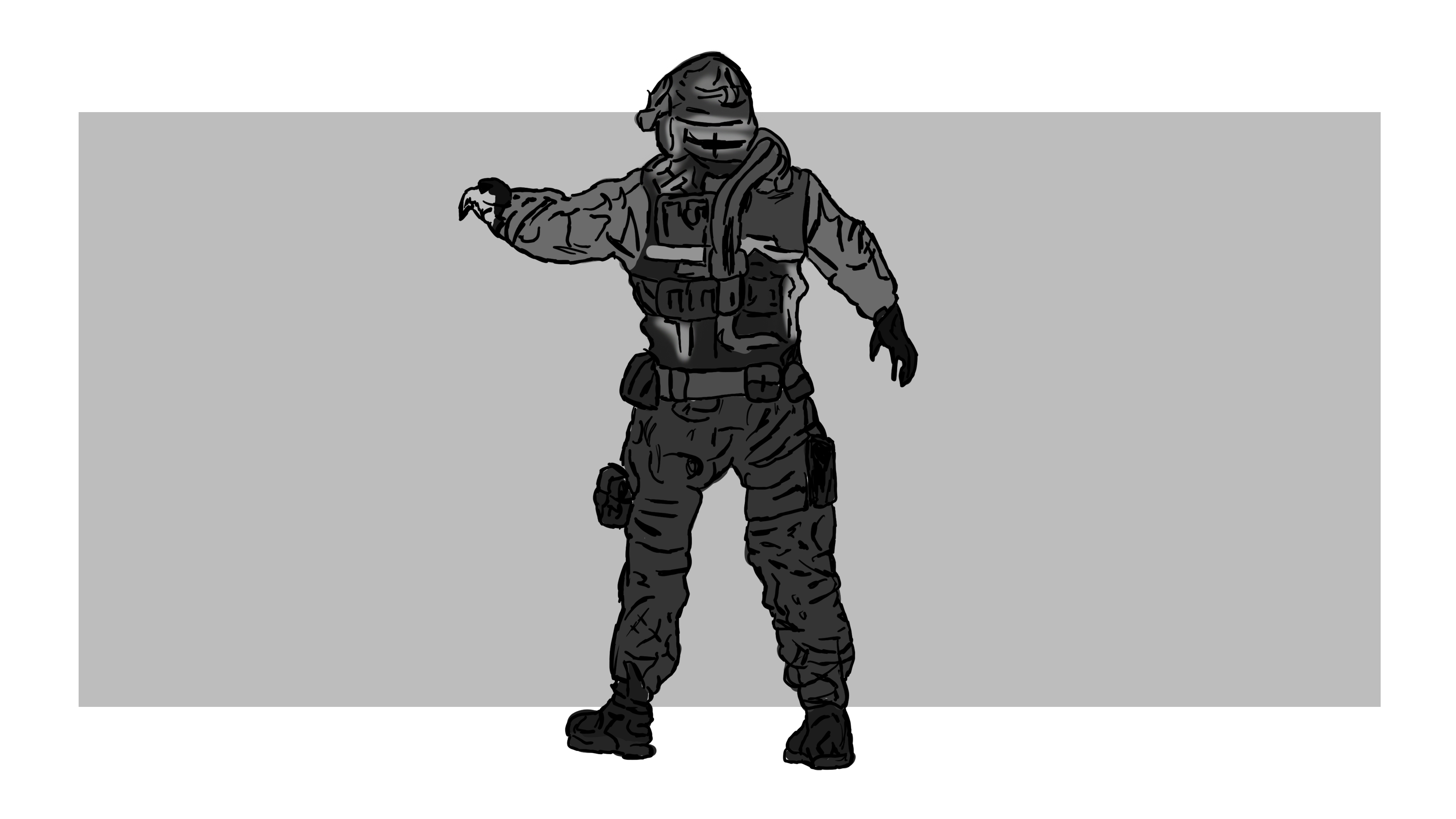
The Different colours are to make it easier for me to distinguish each part more easily.
Alien Dragon drawing Development
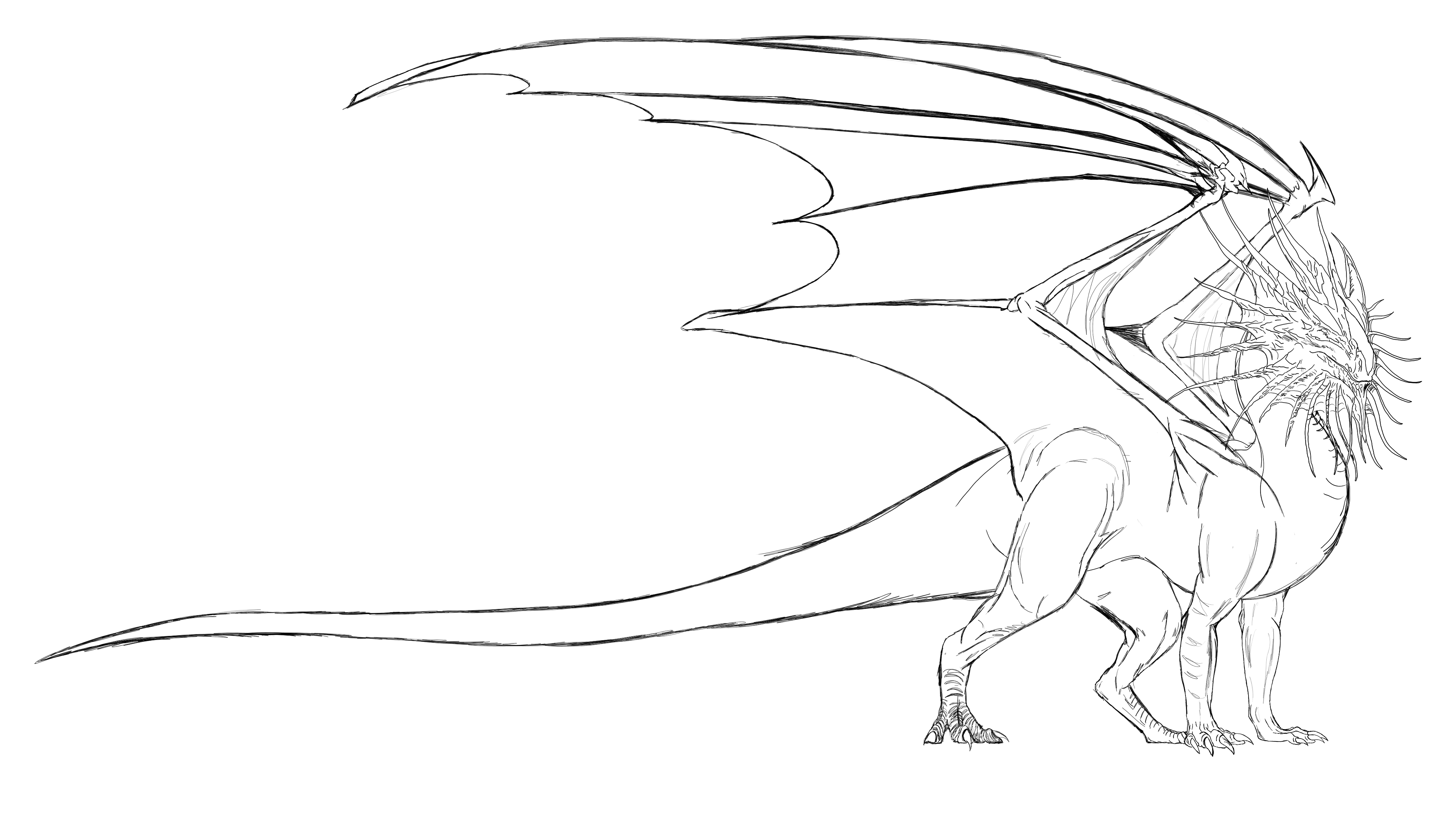
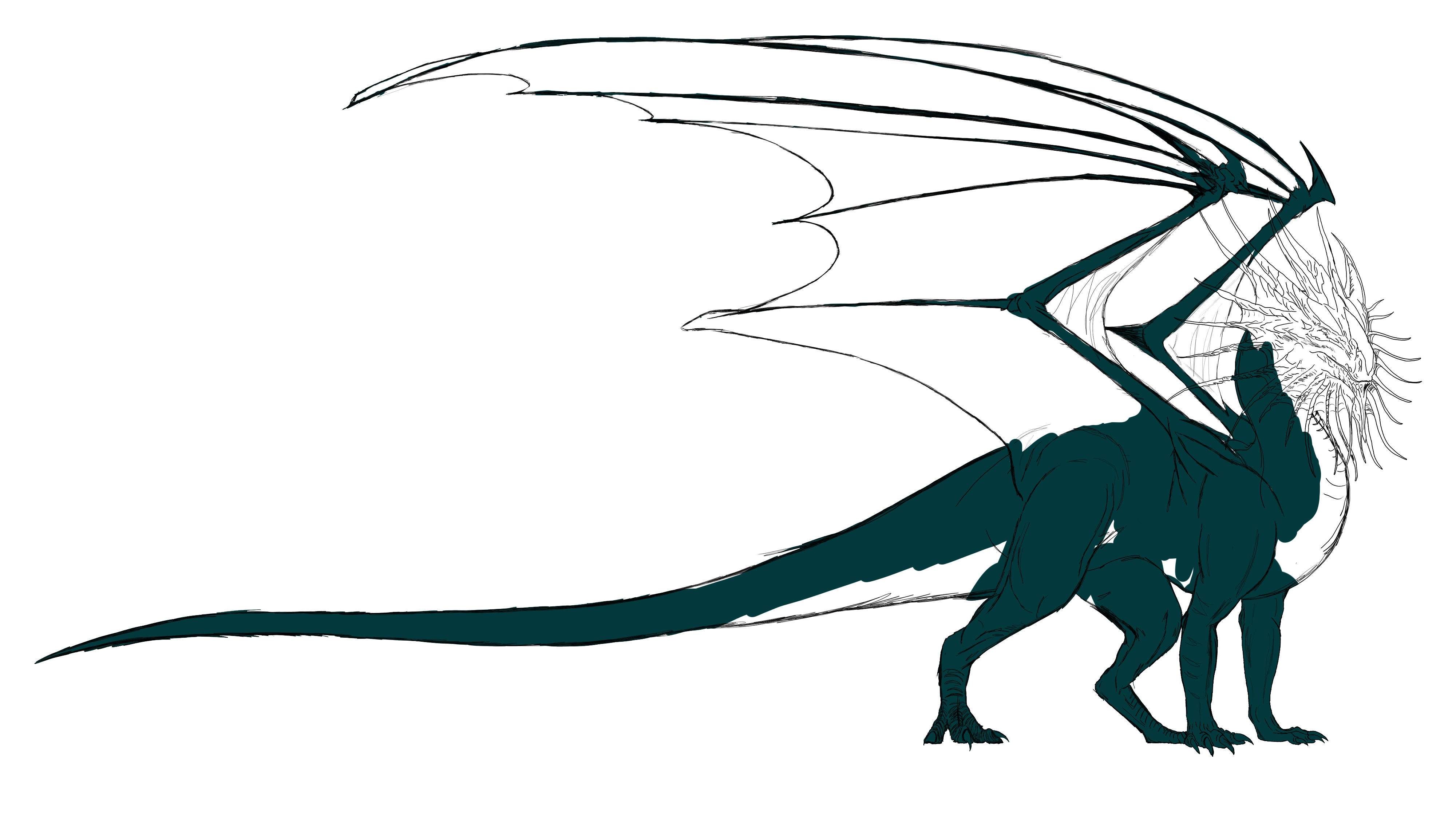
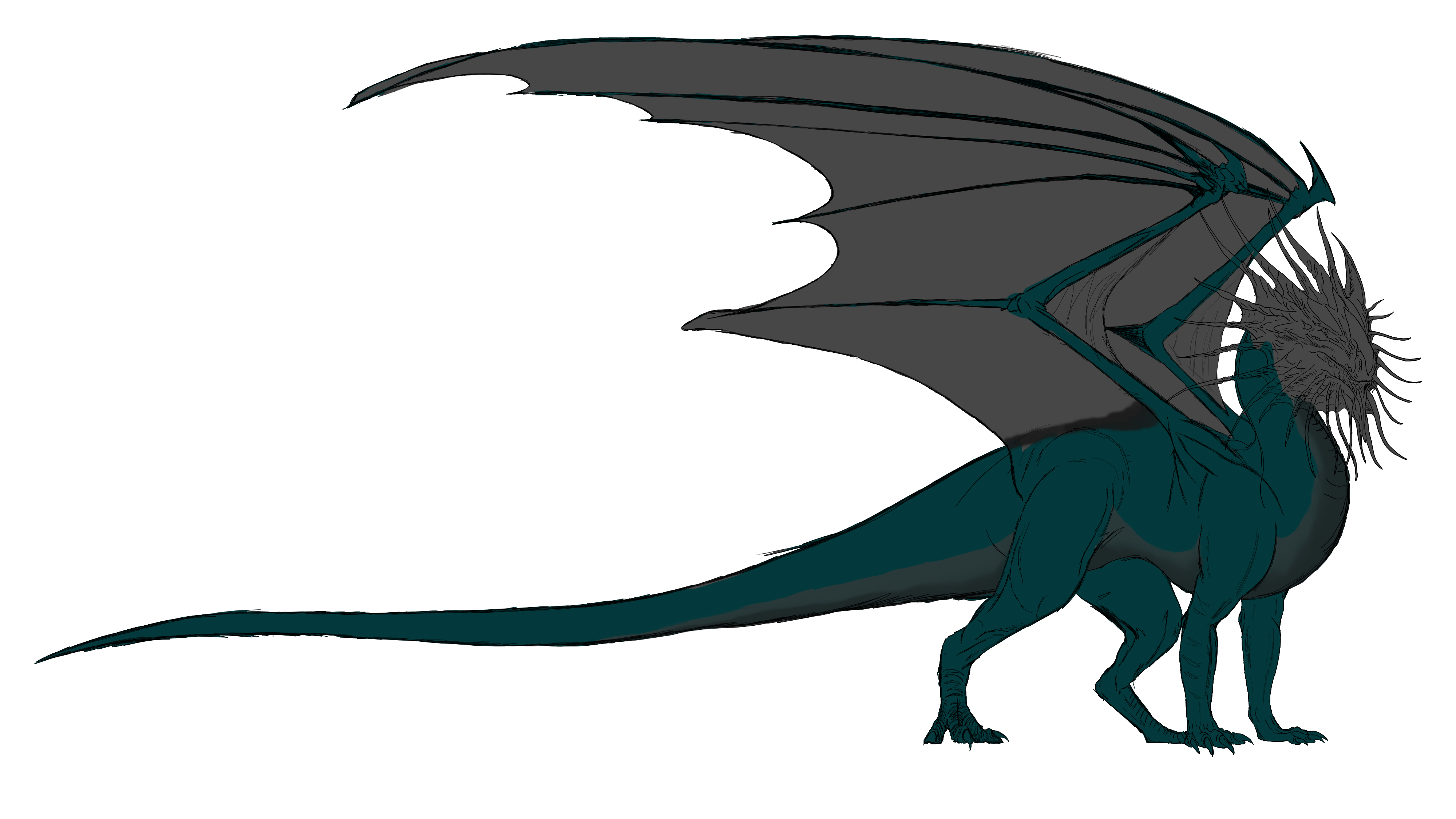
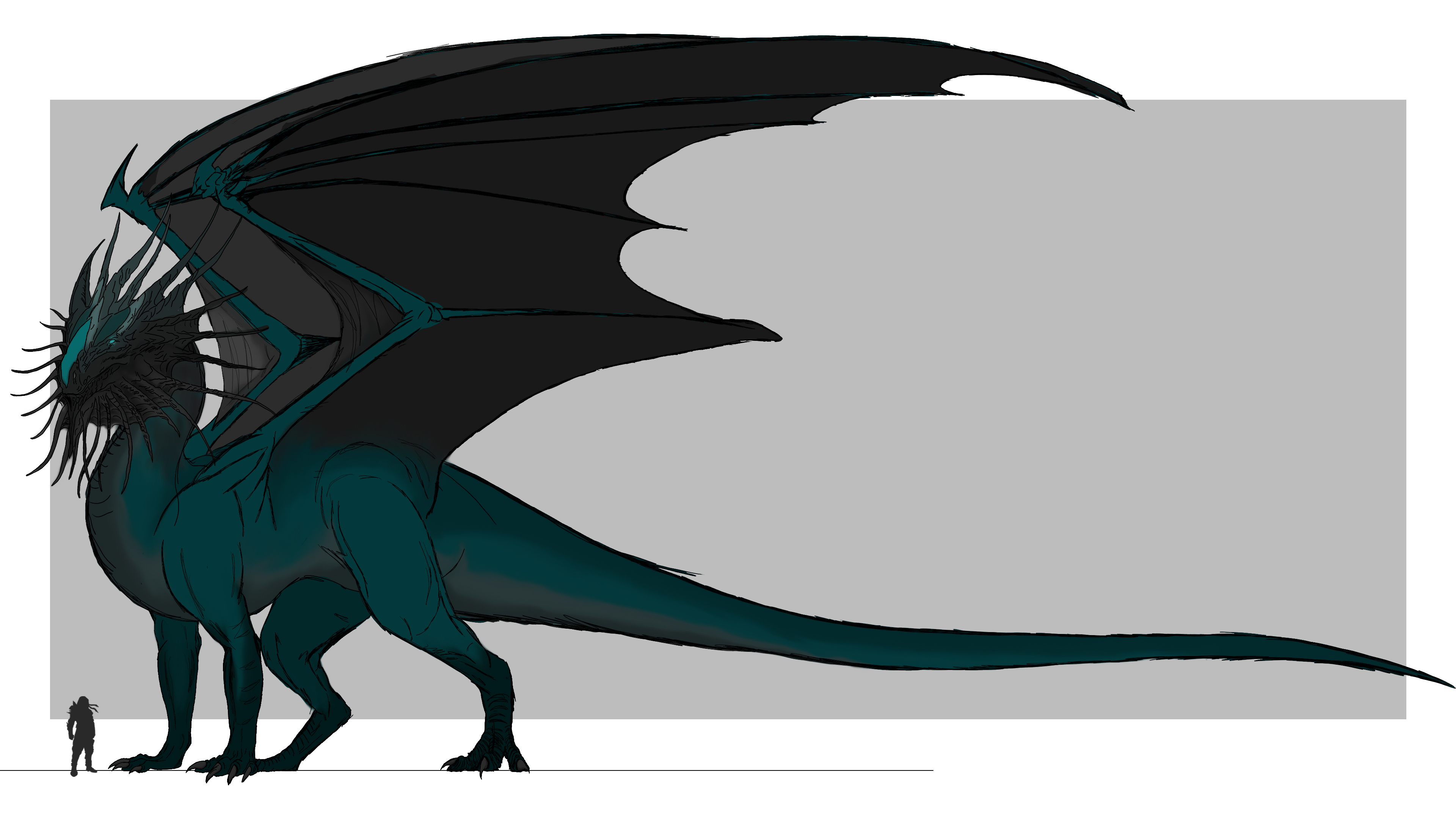
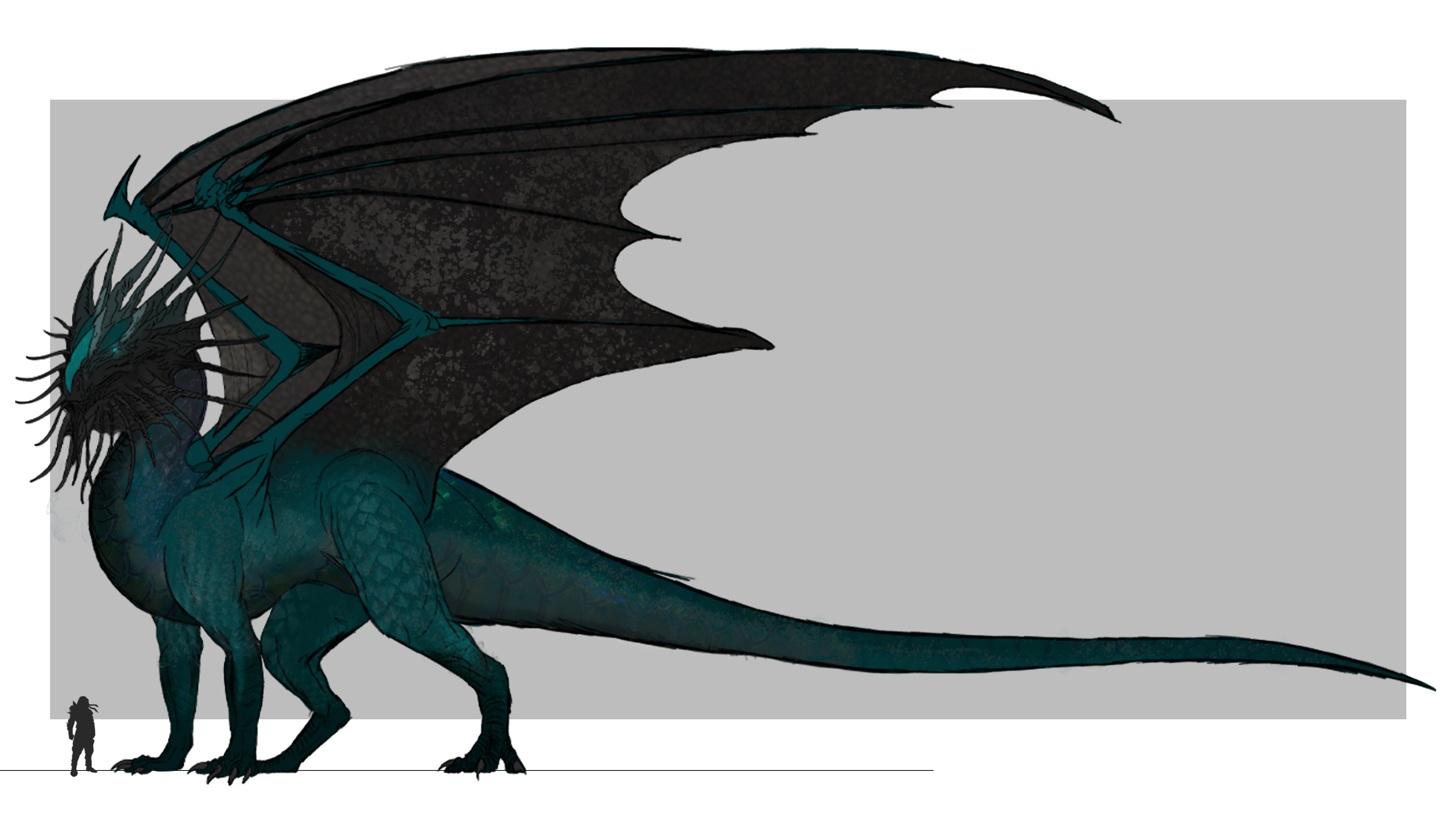
Early Final Concept Ideas
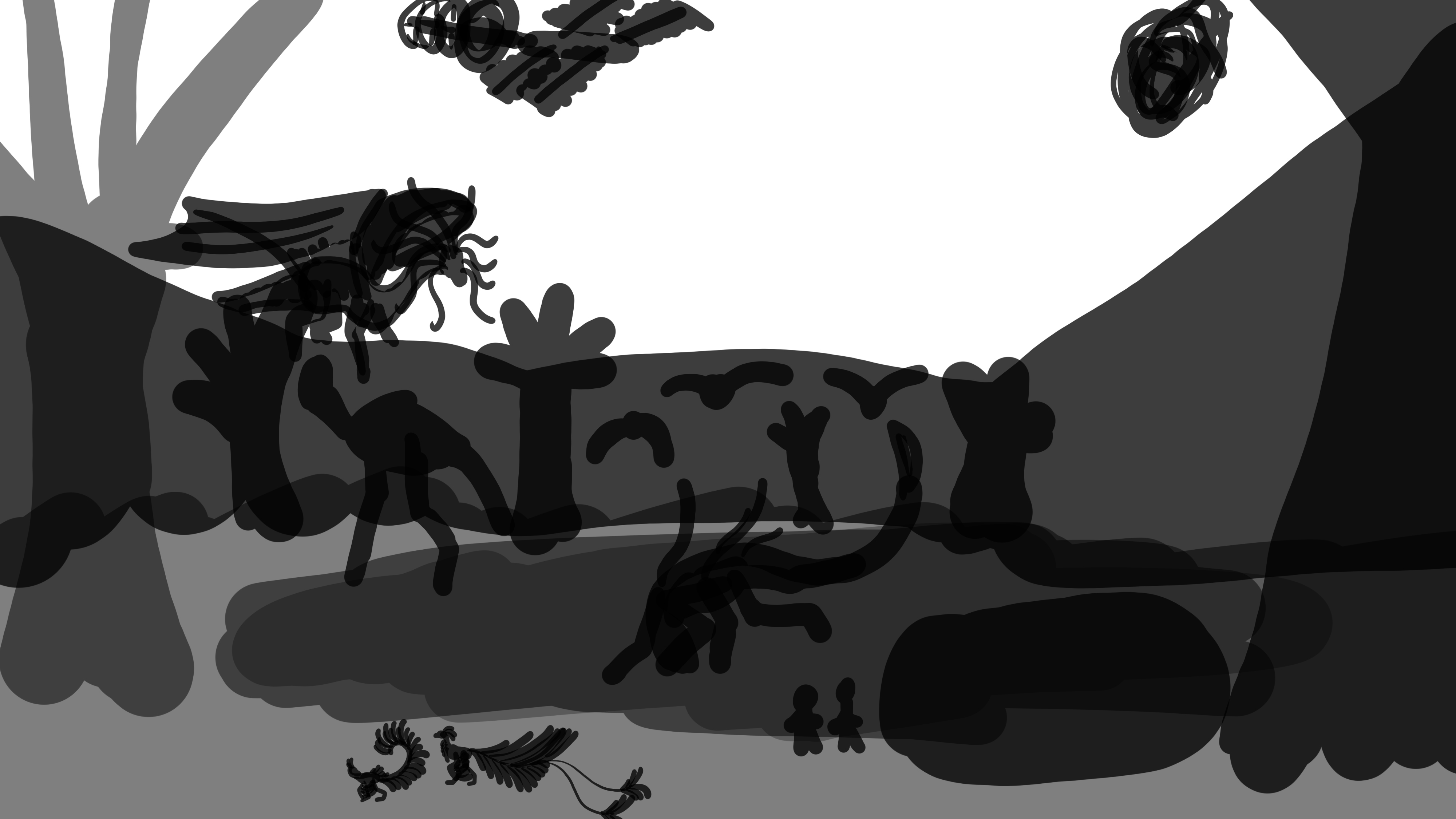

Development of final outcome
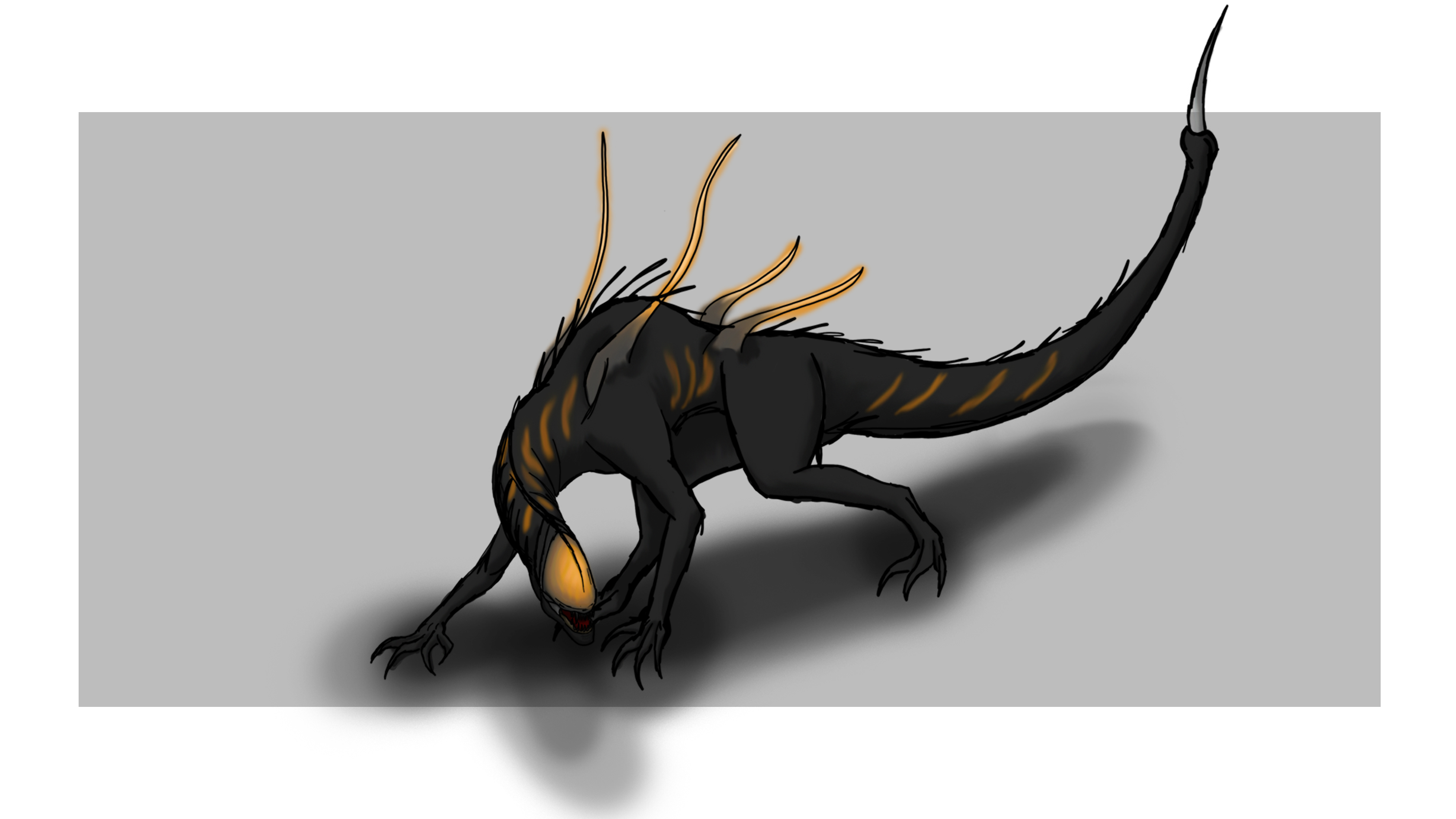
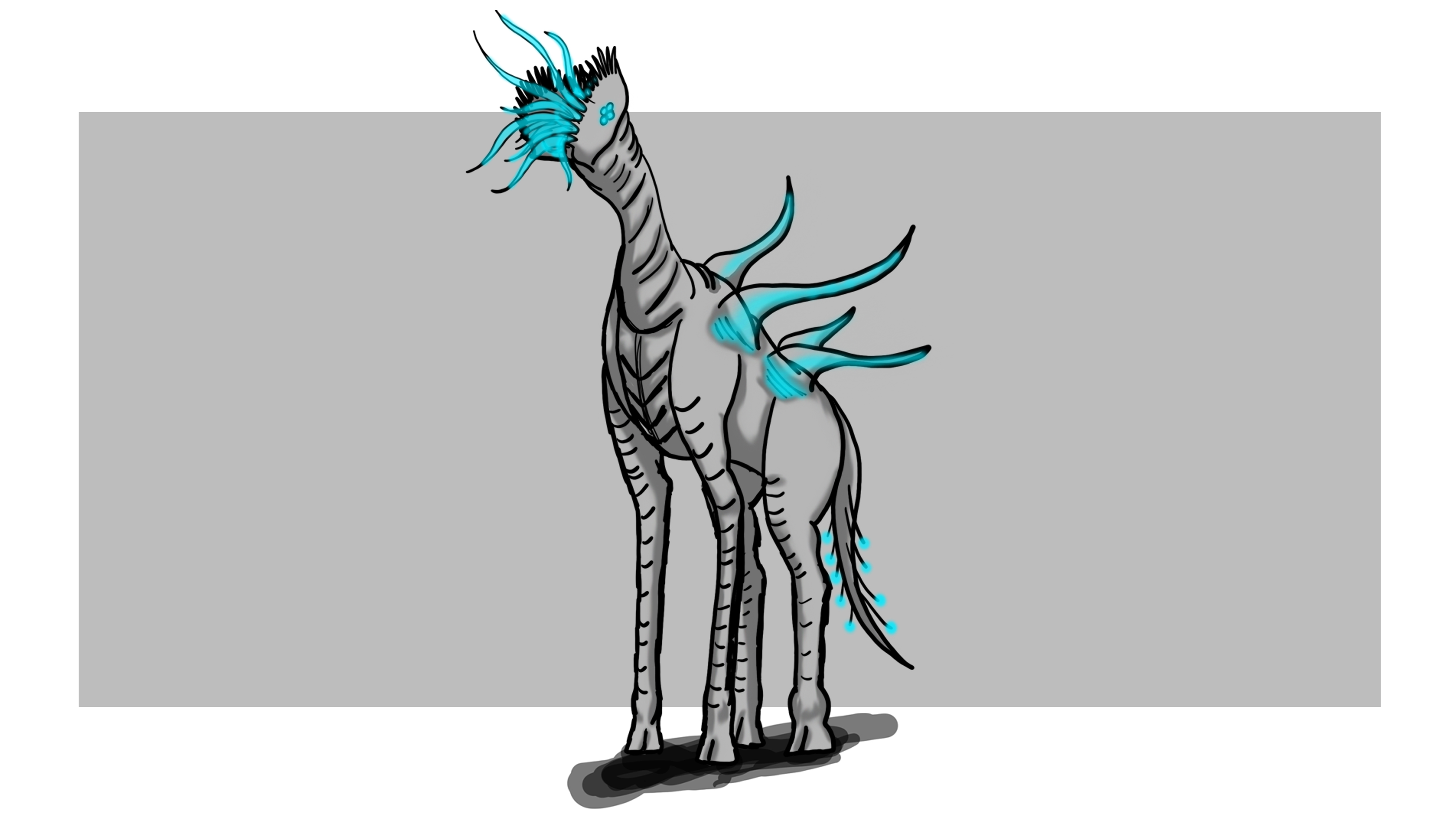
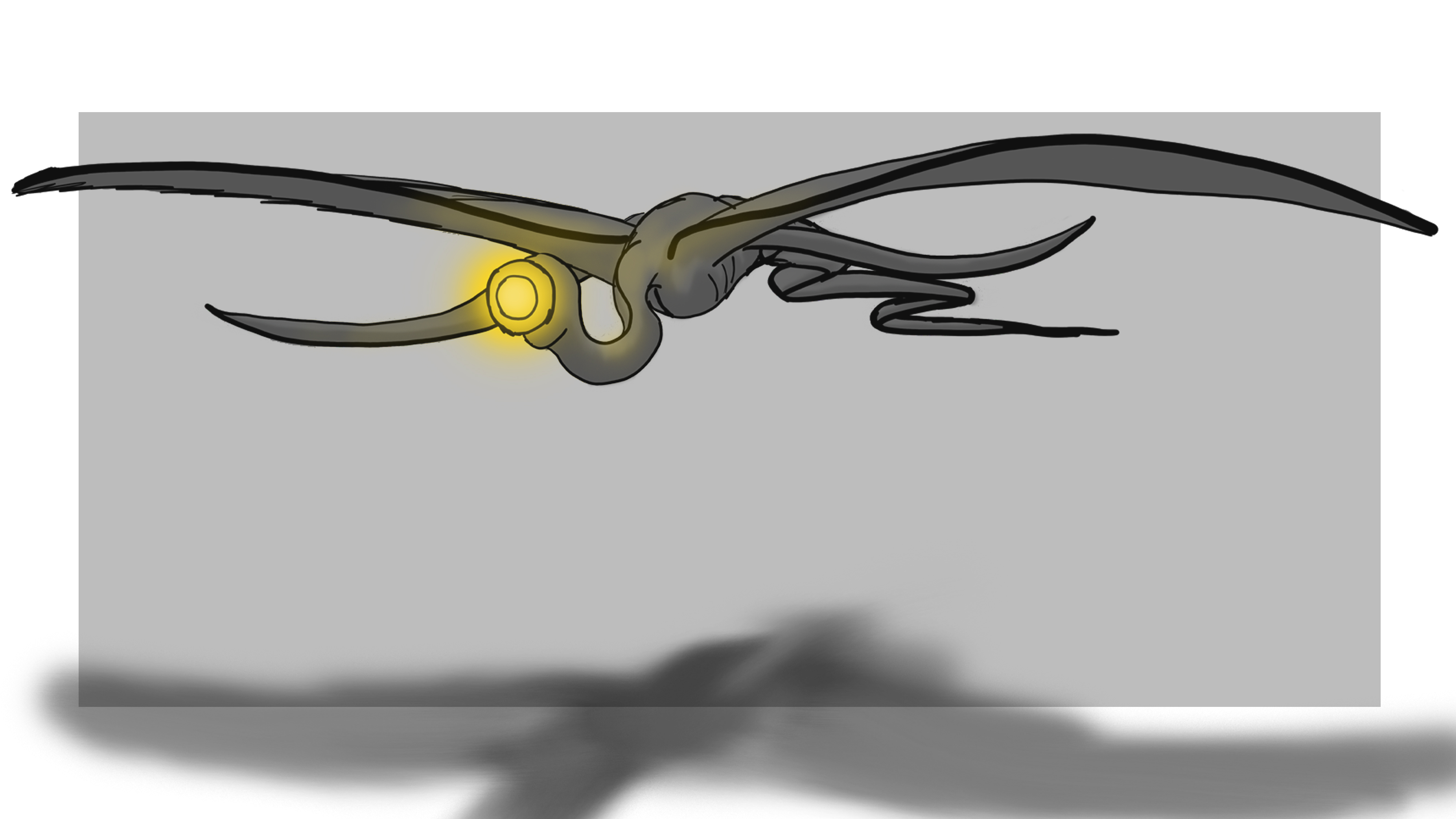
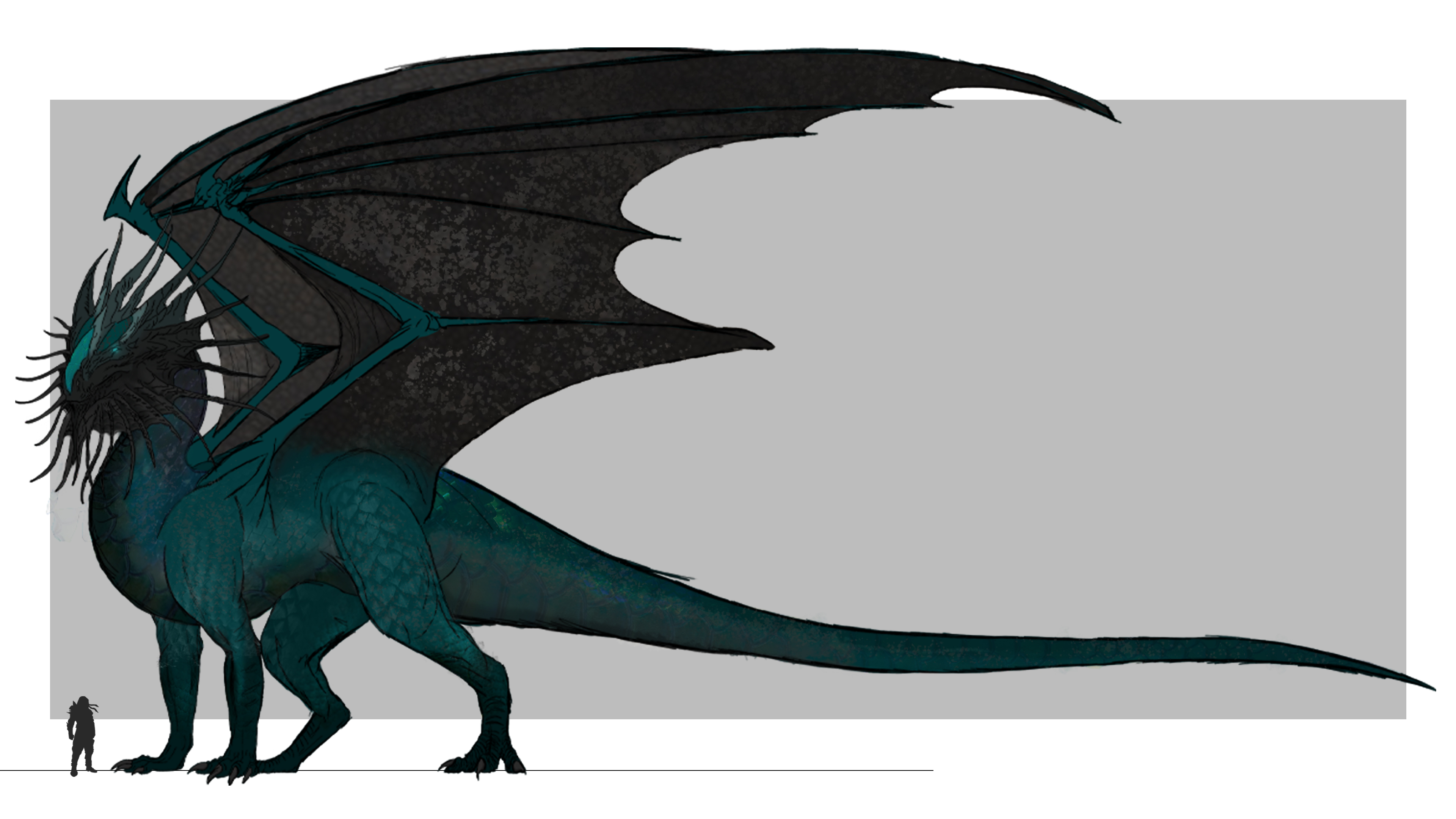
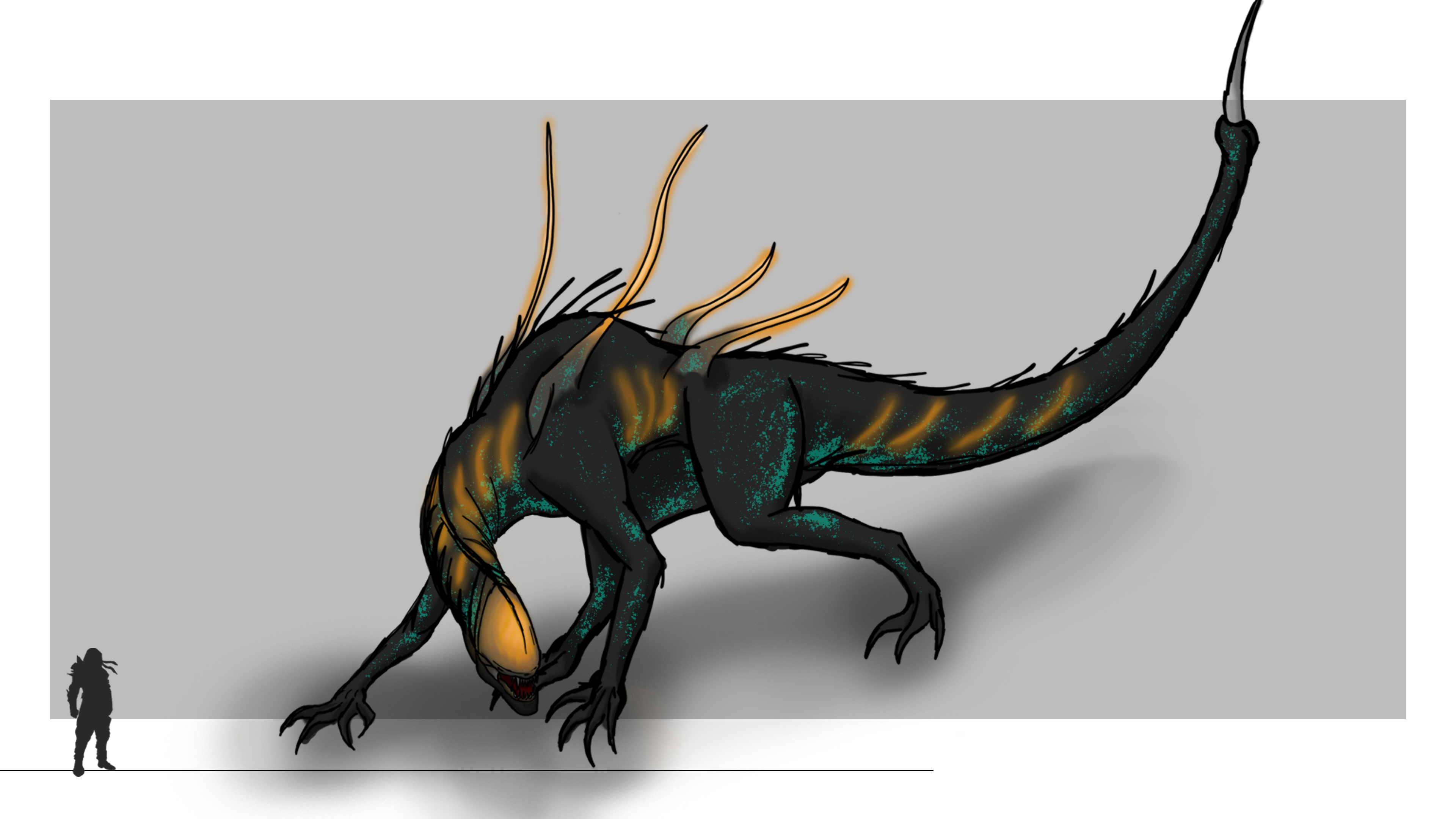
environment


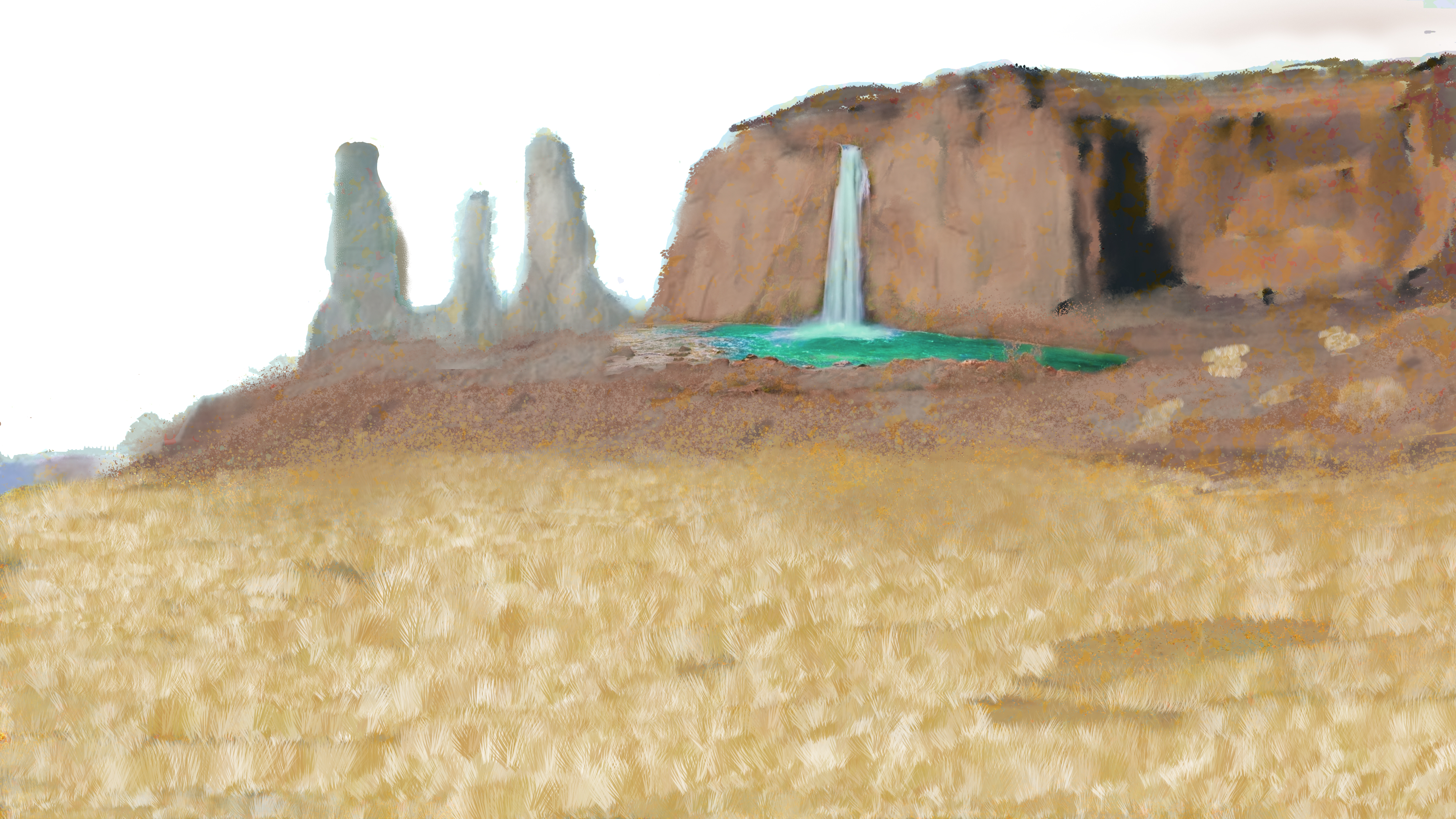
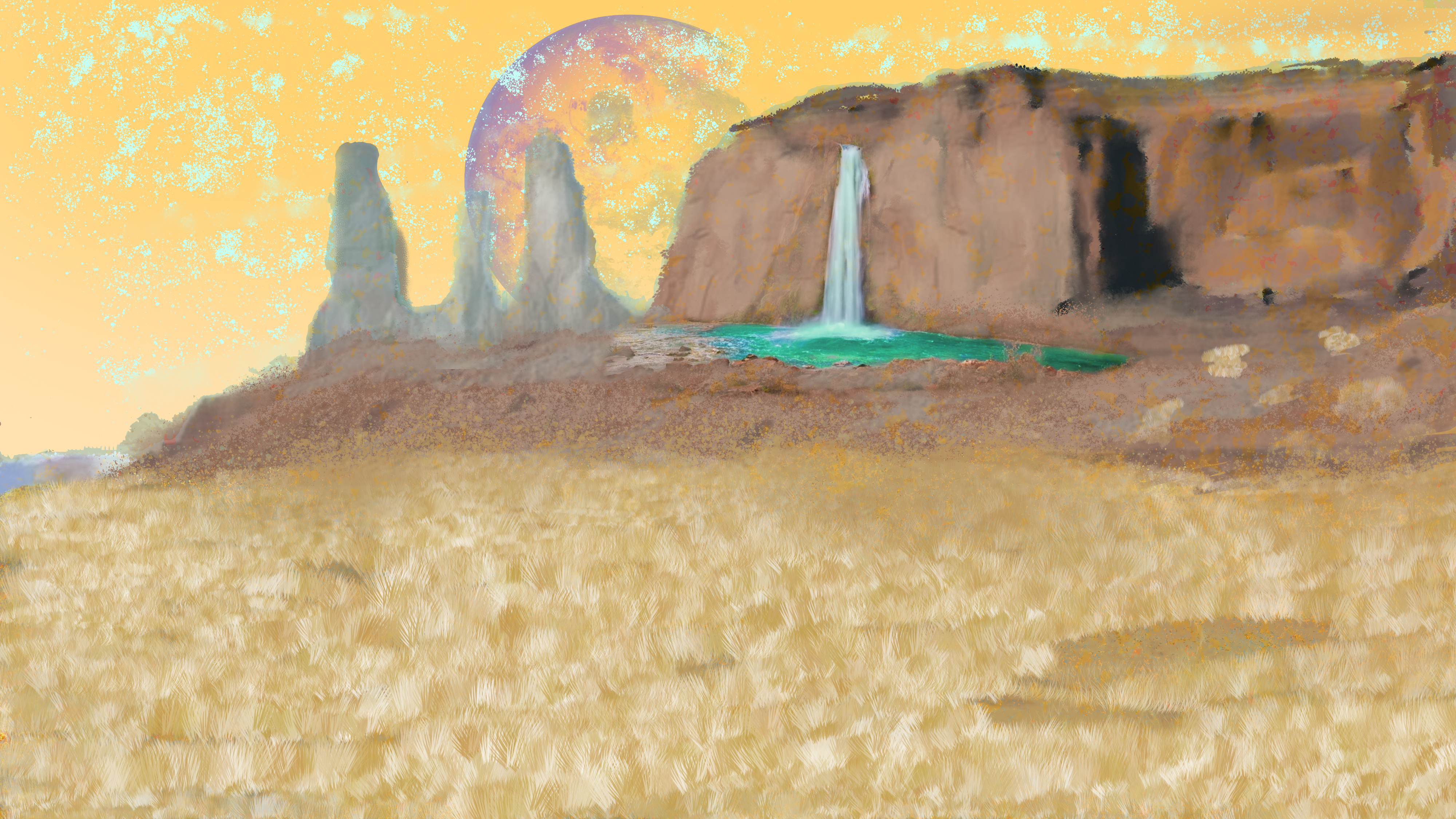
Final Outcome
